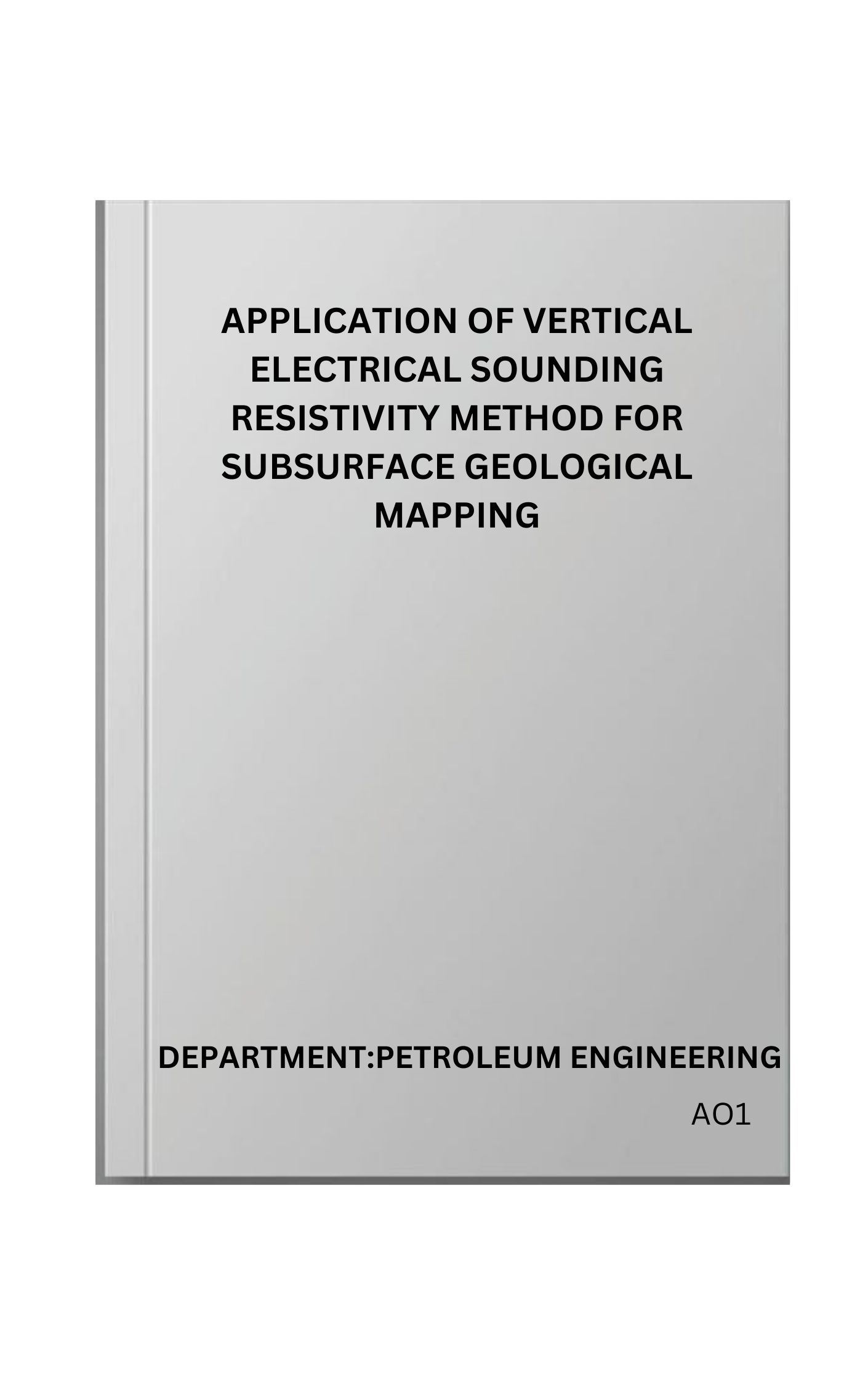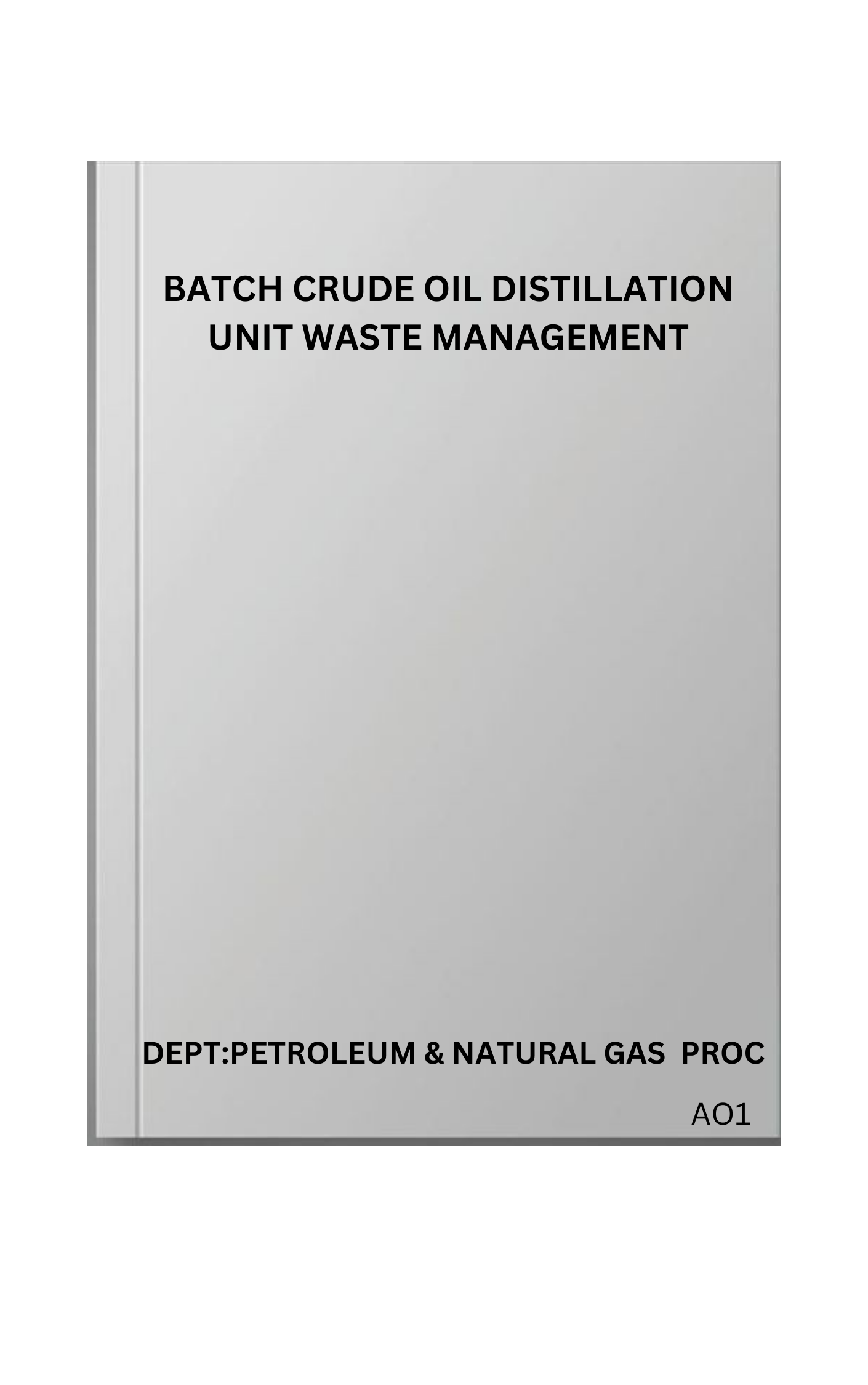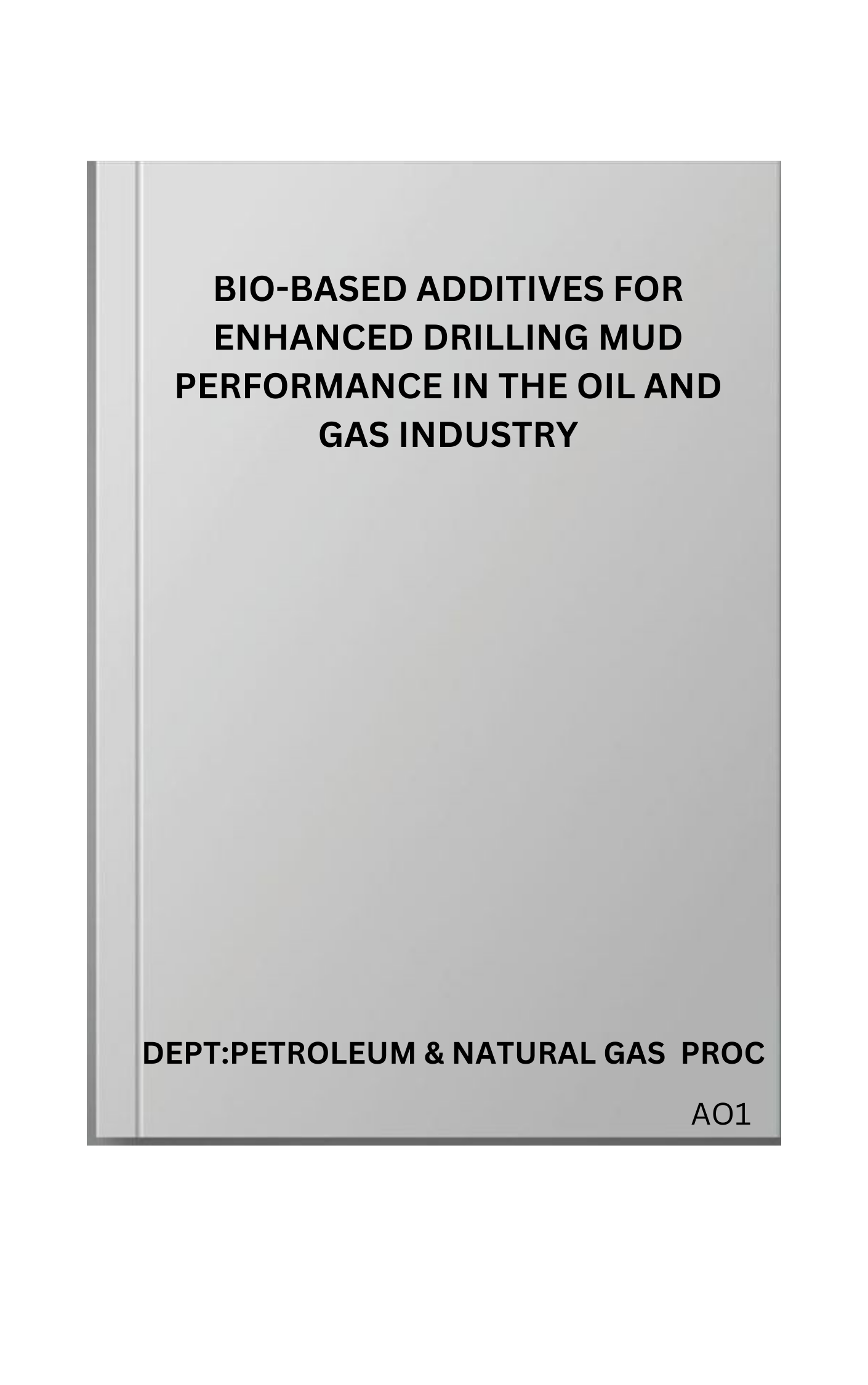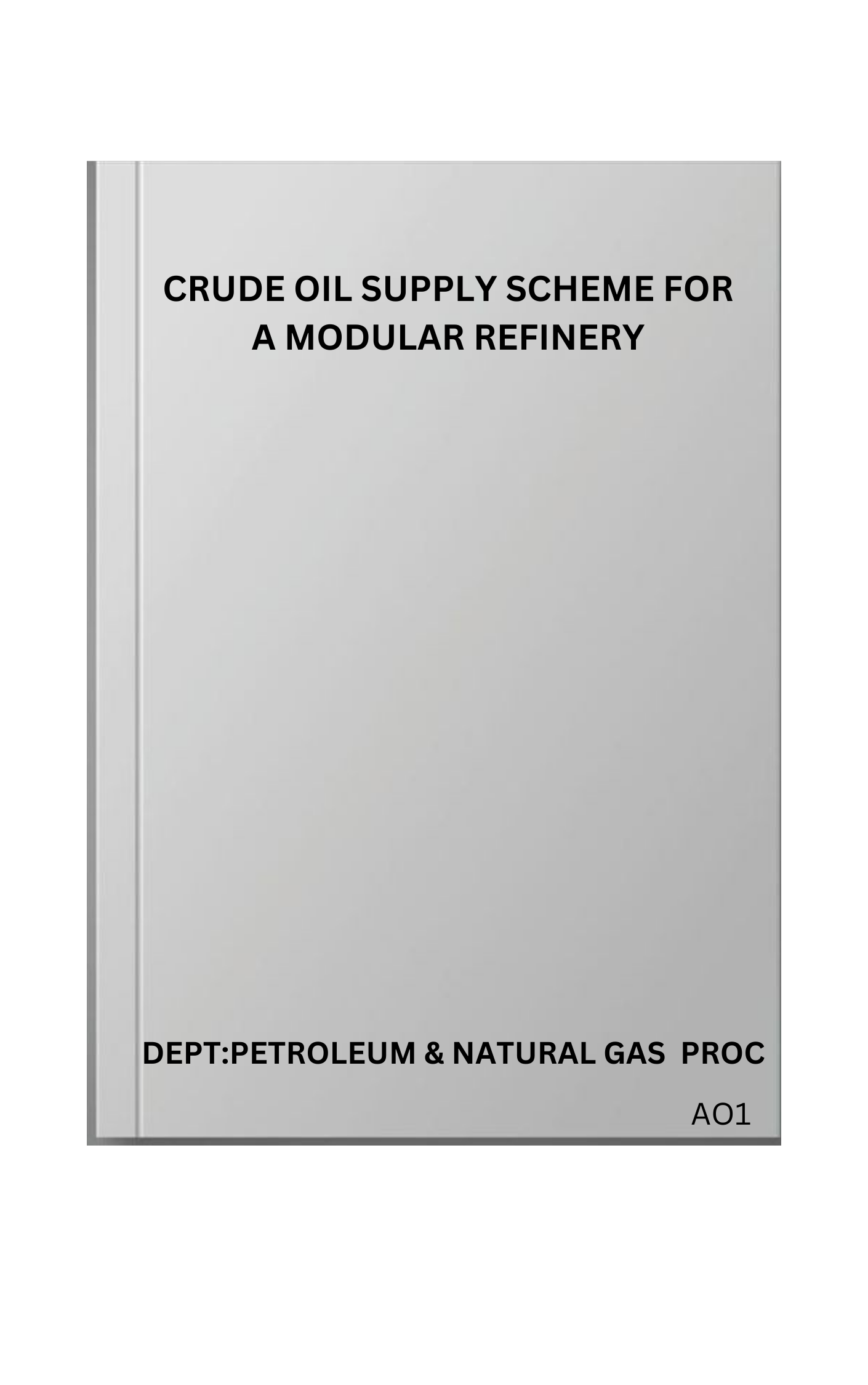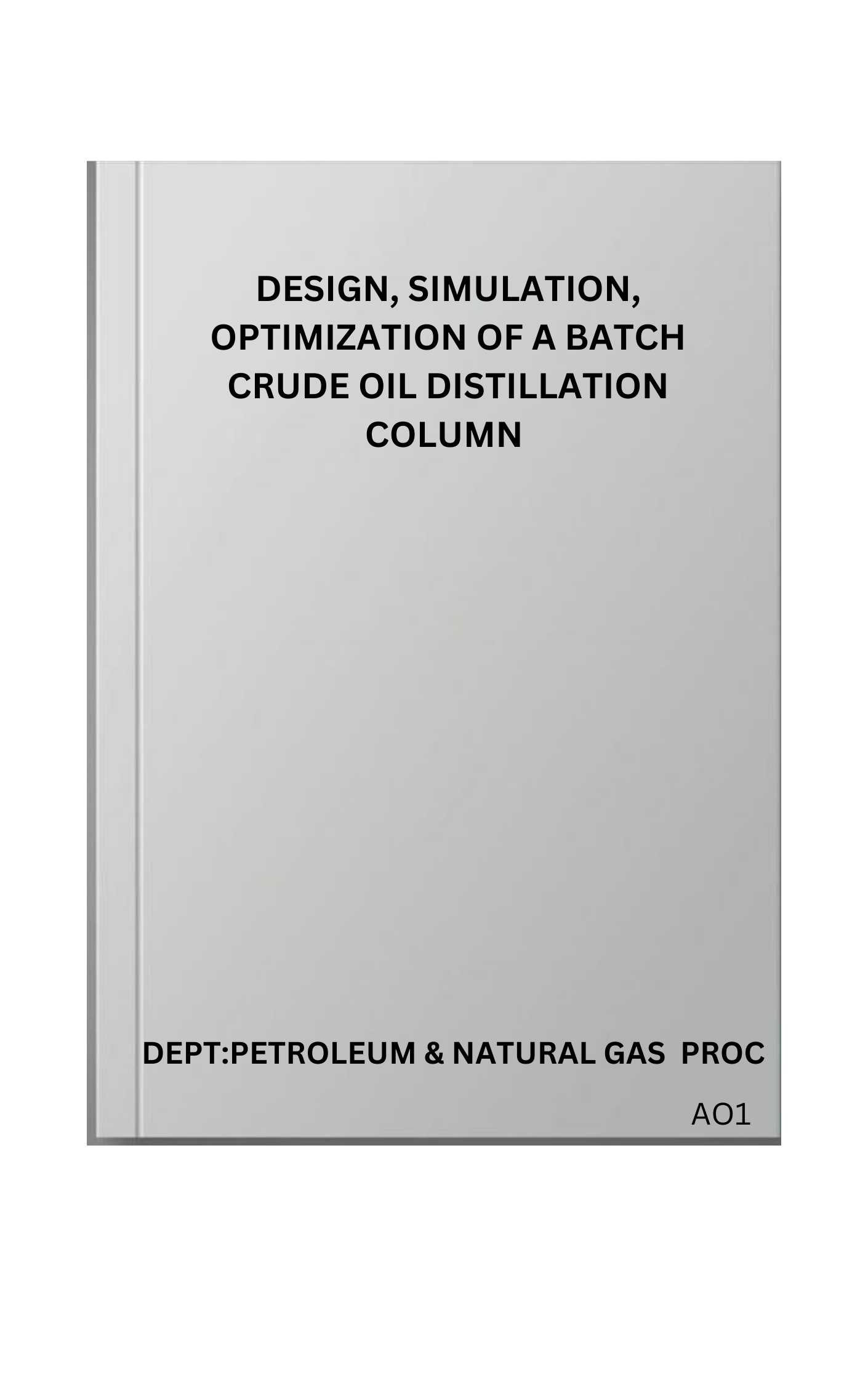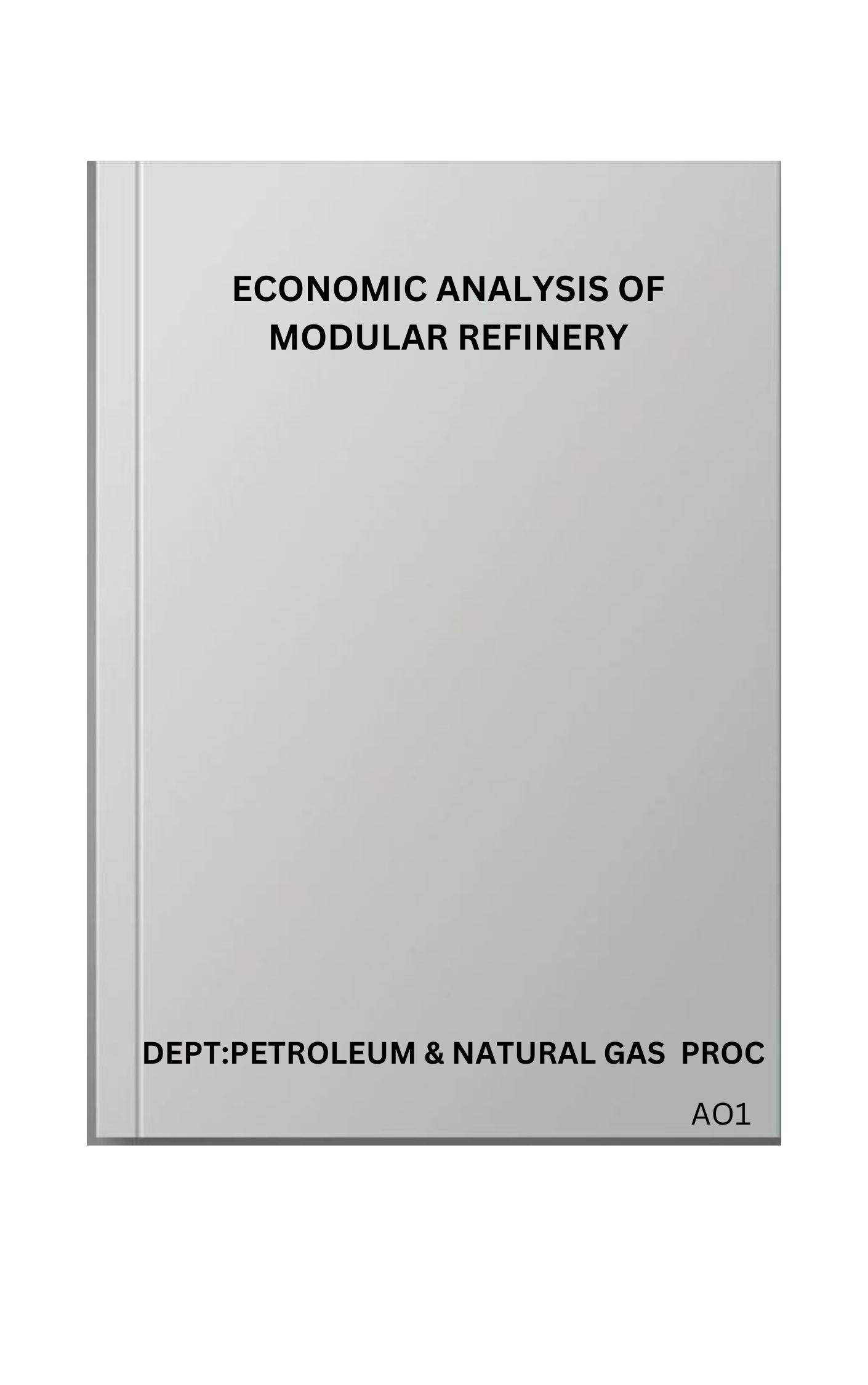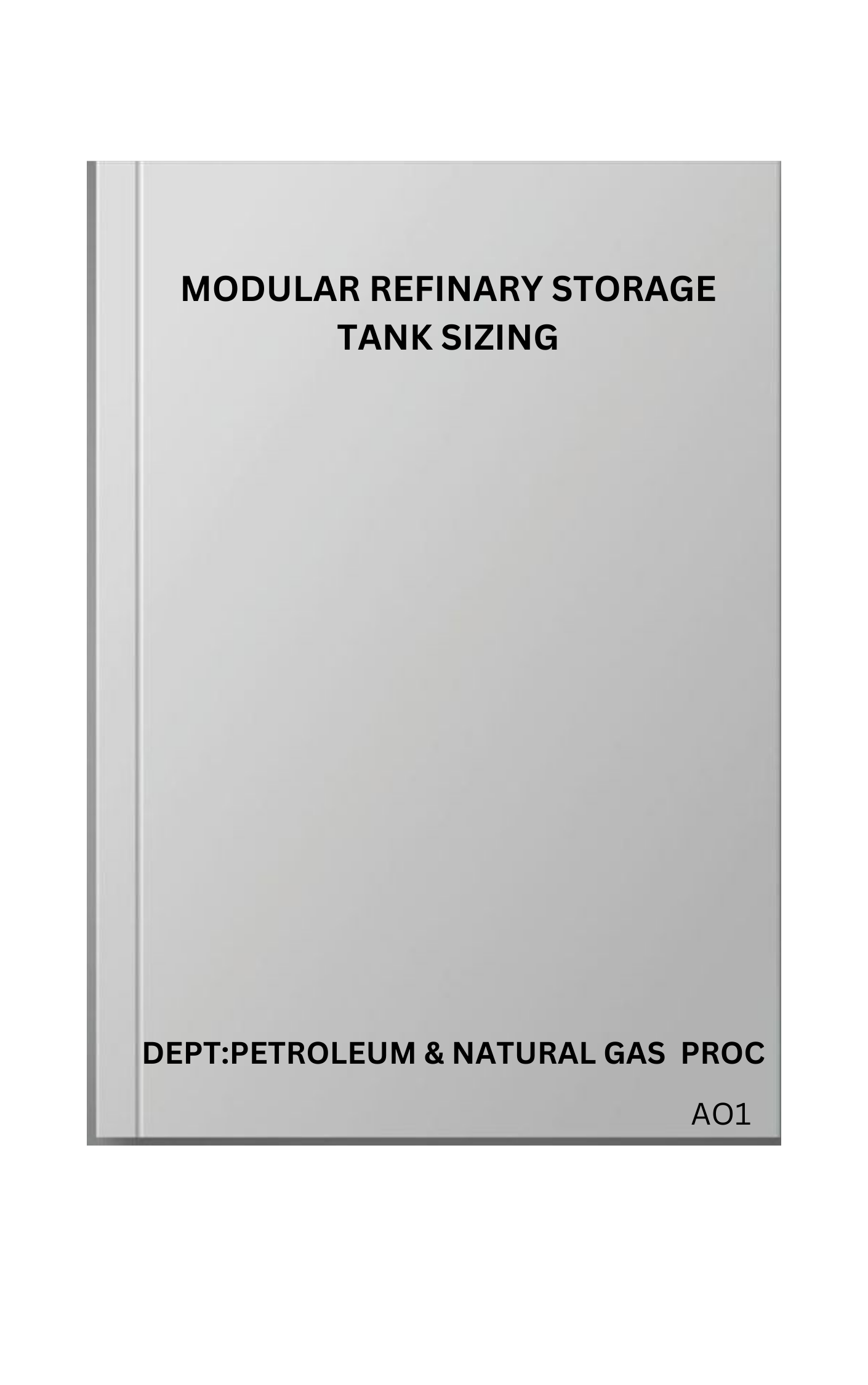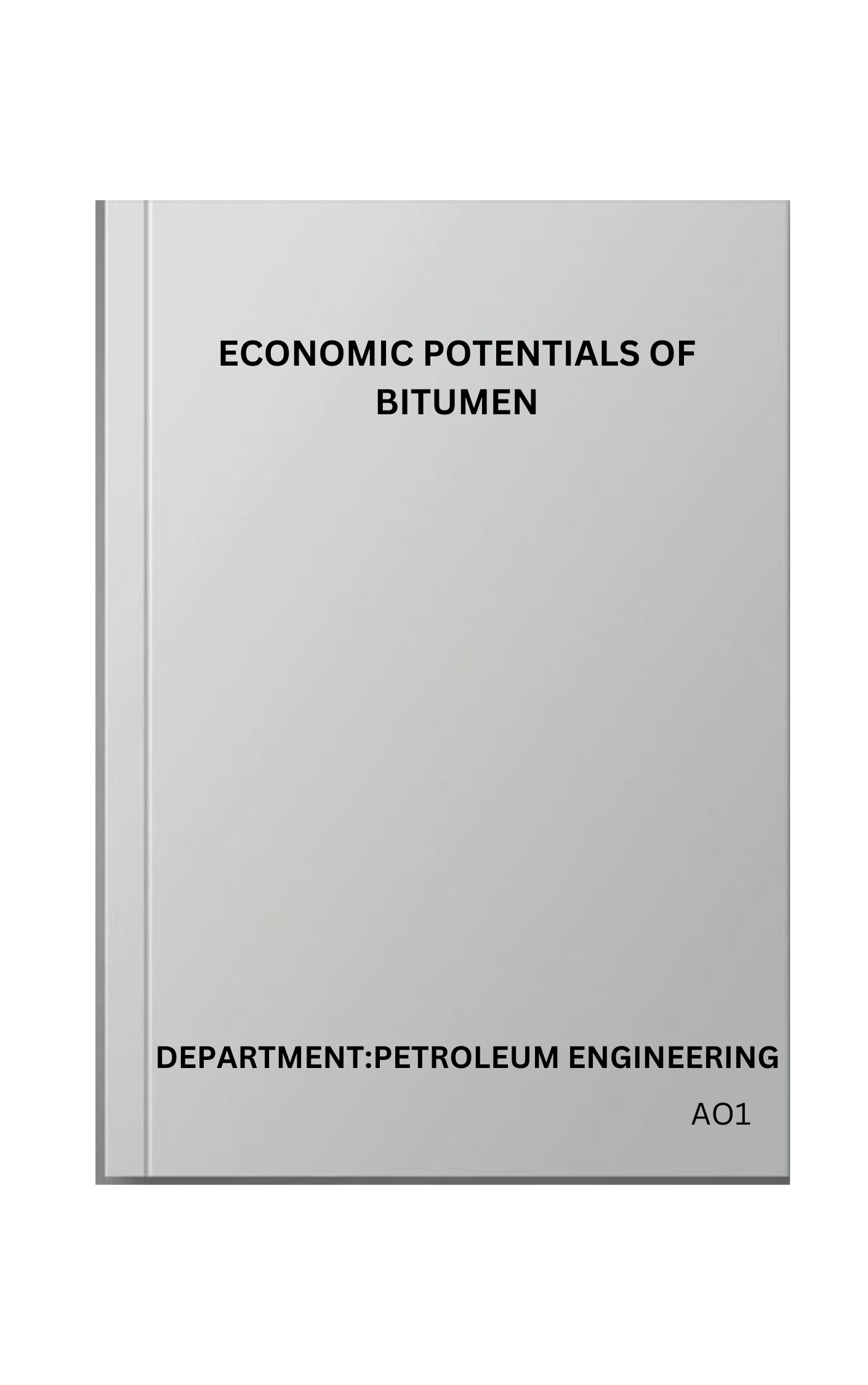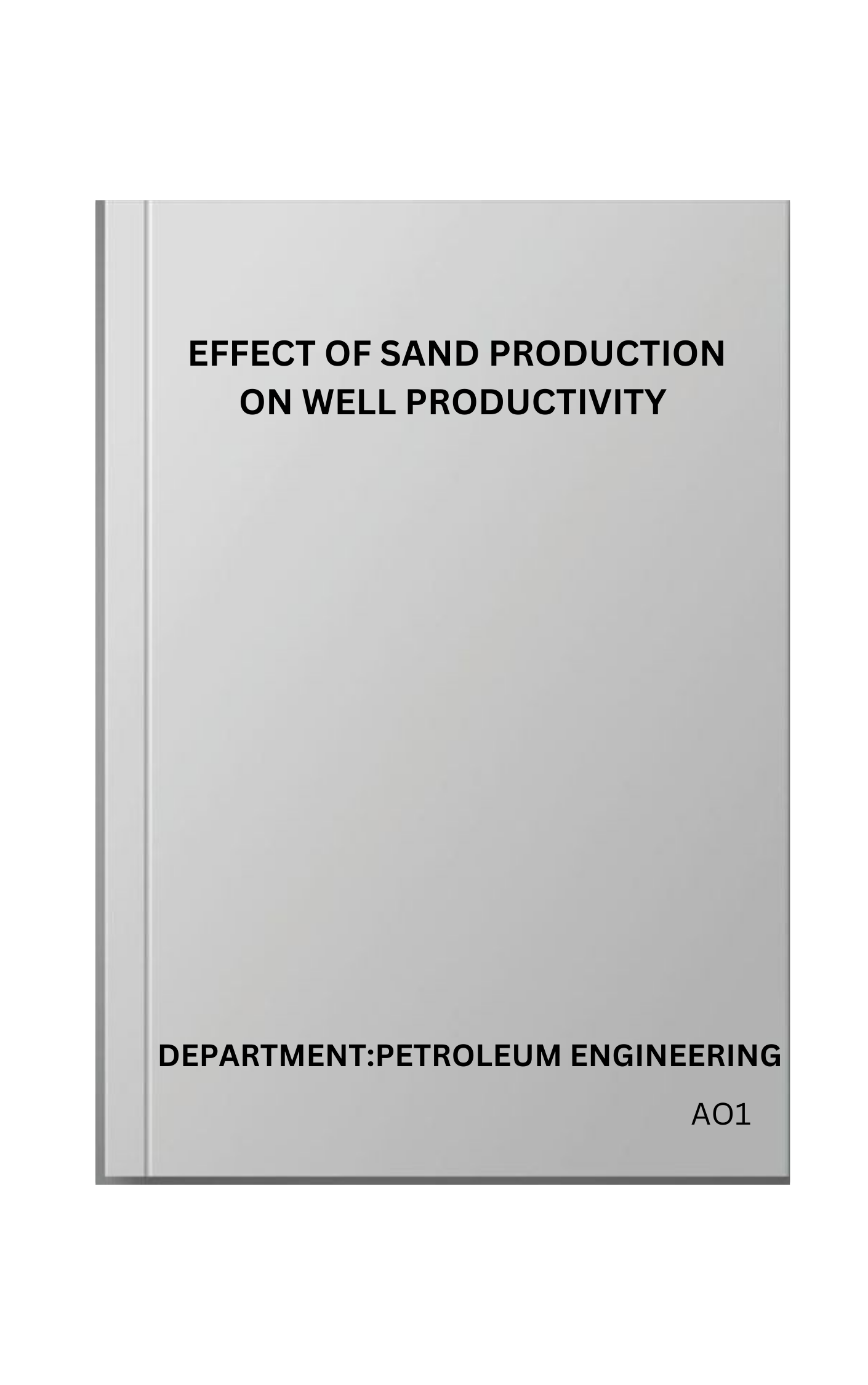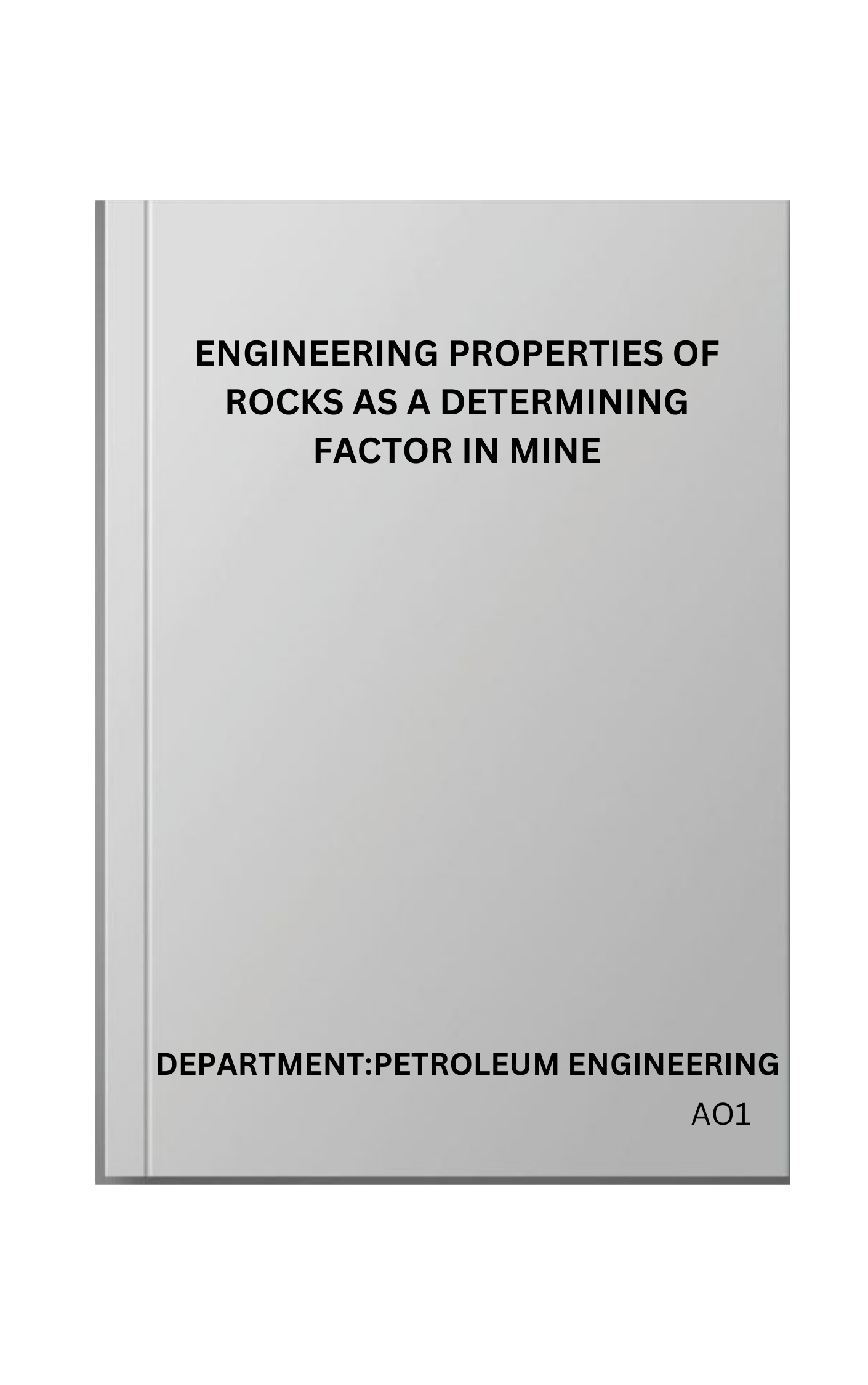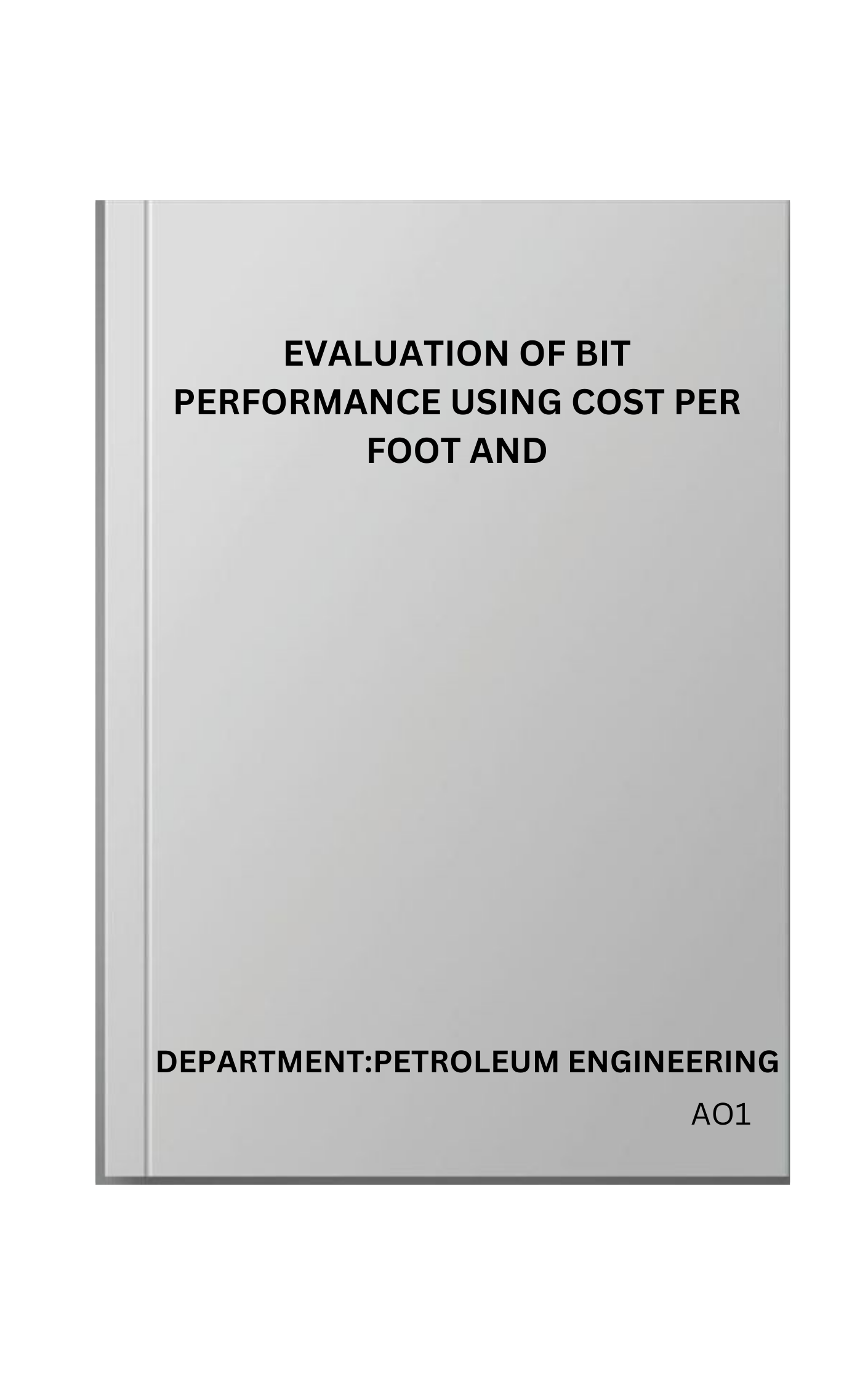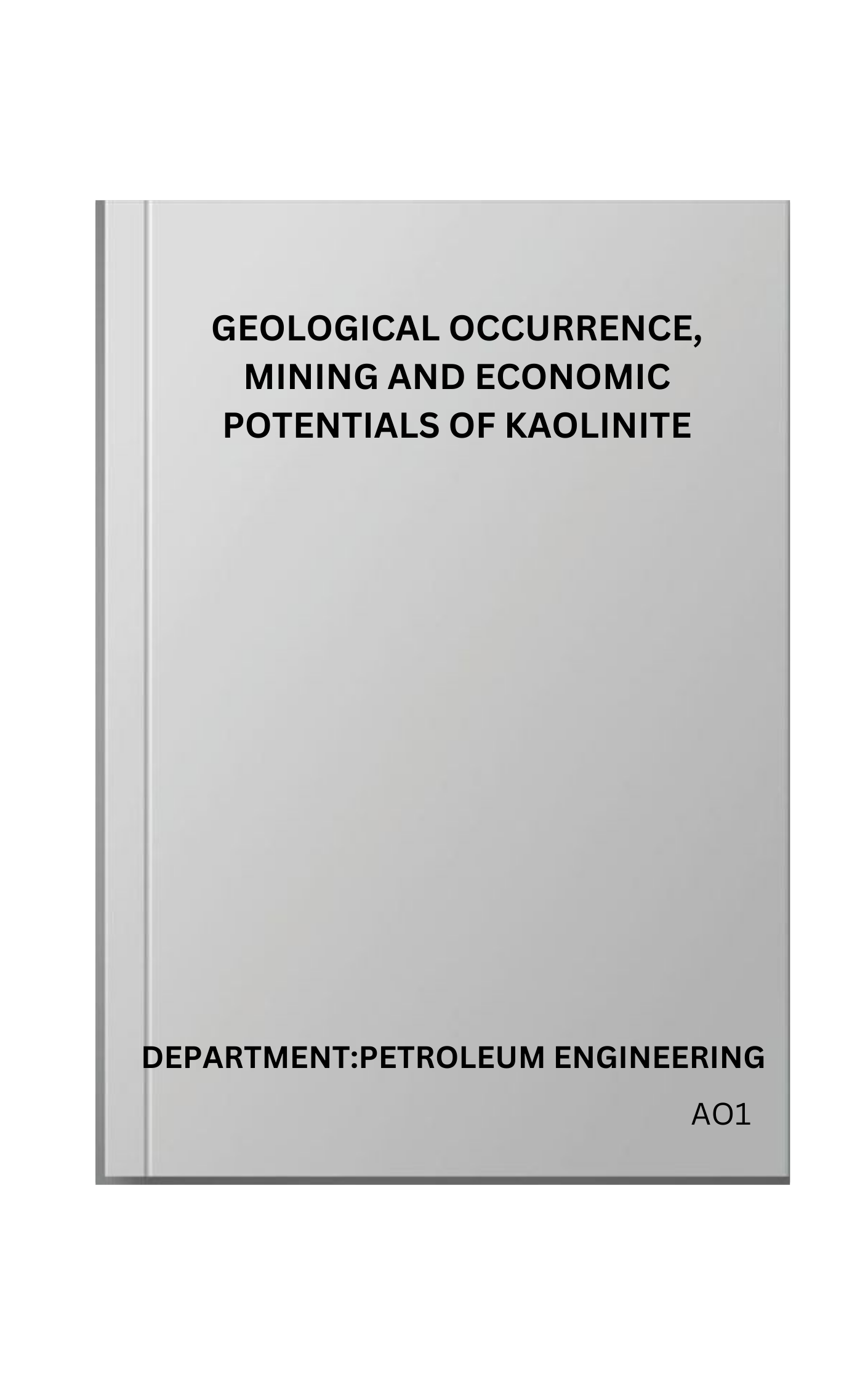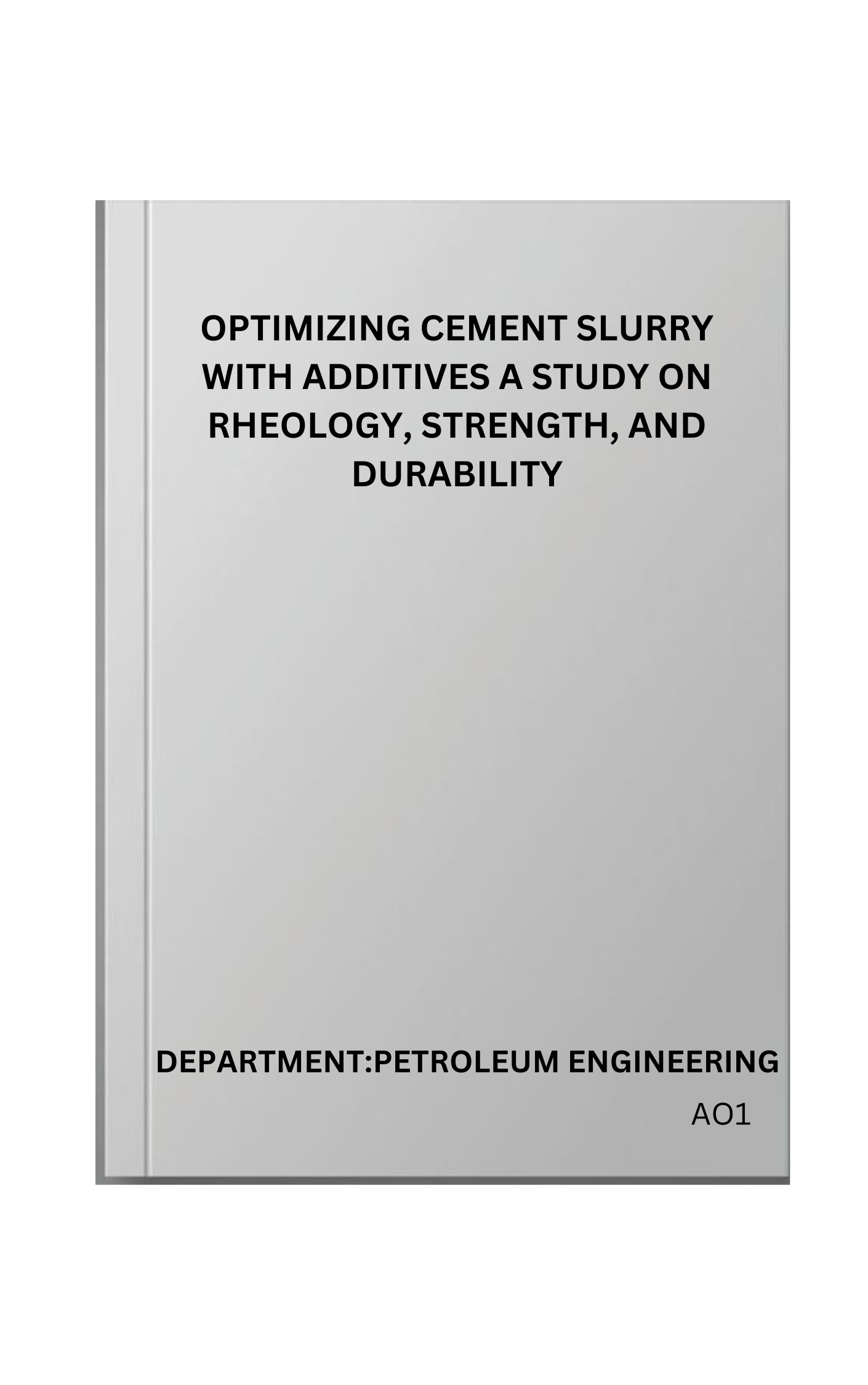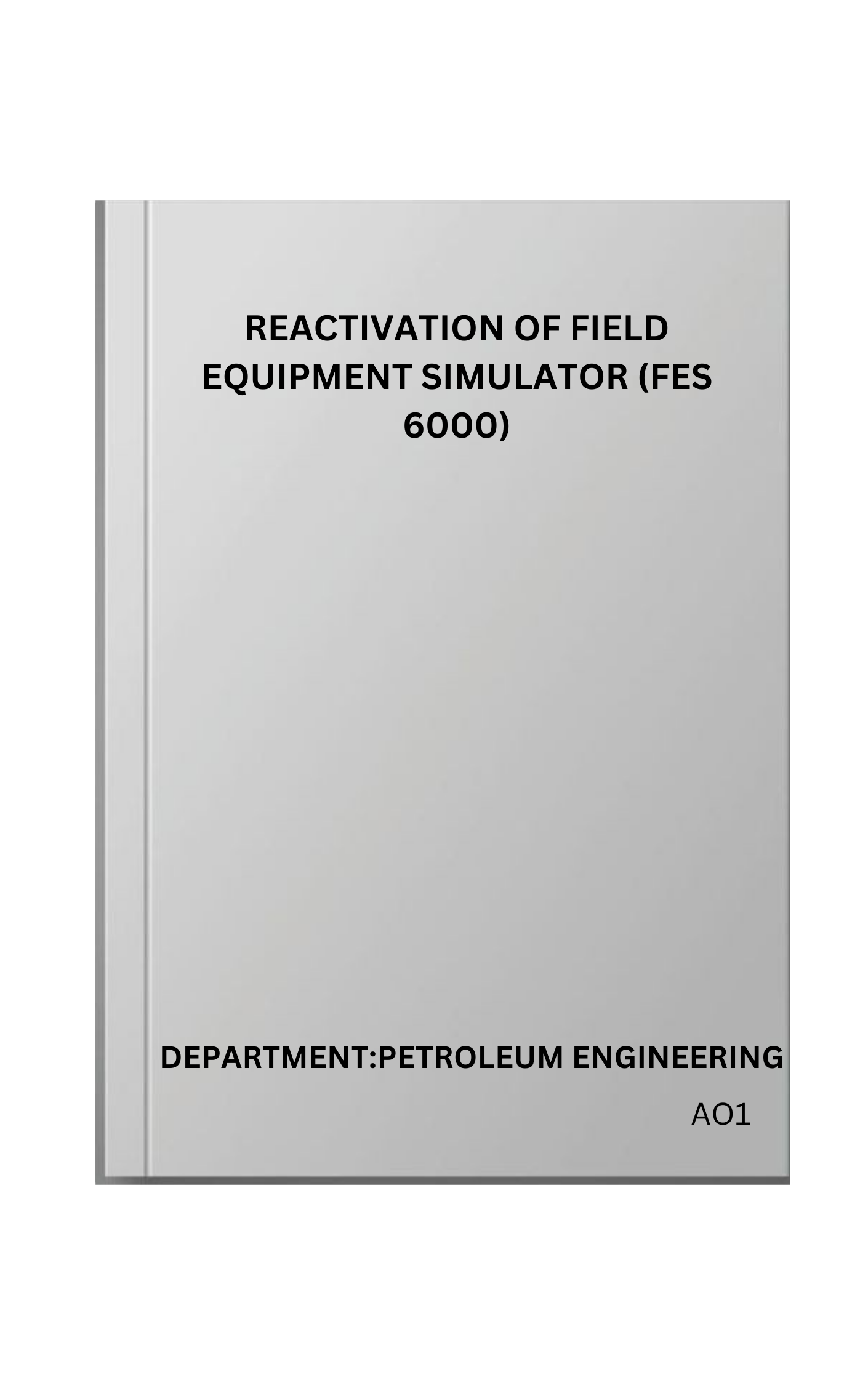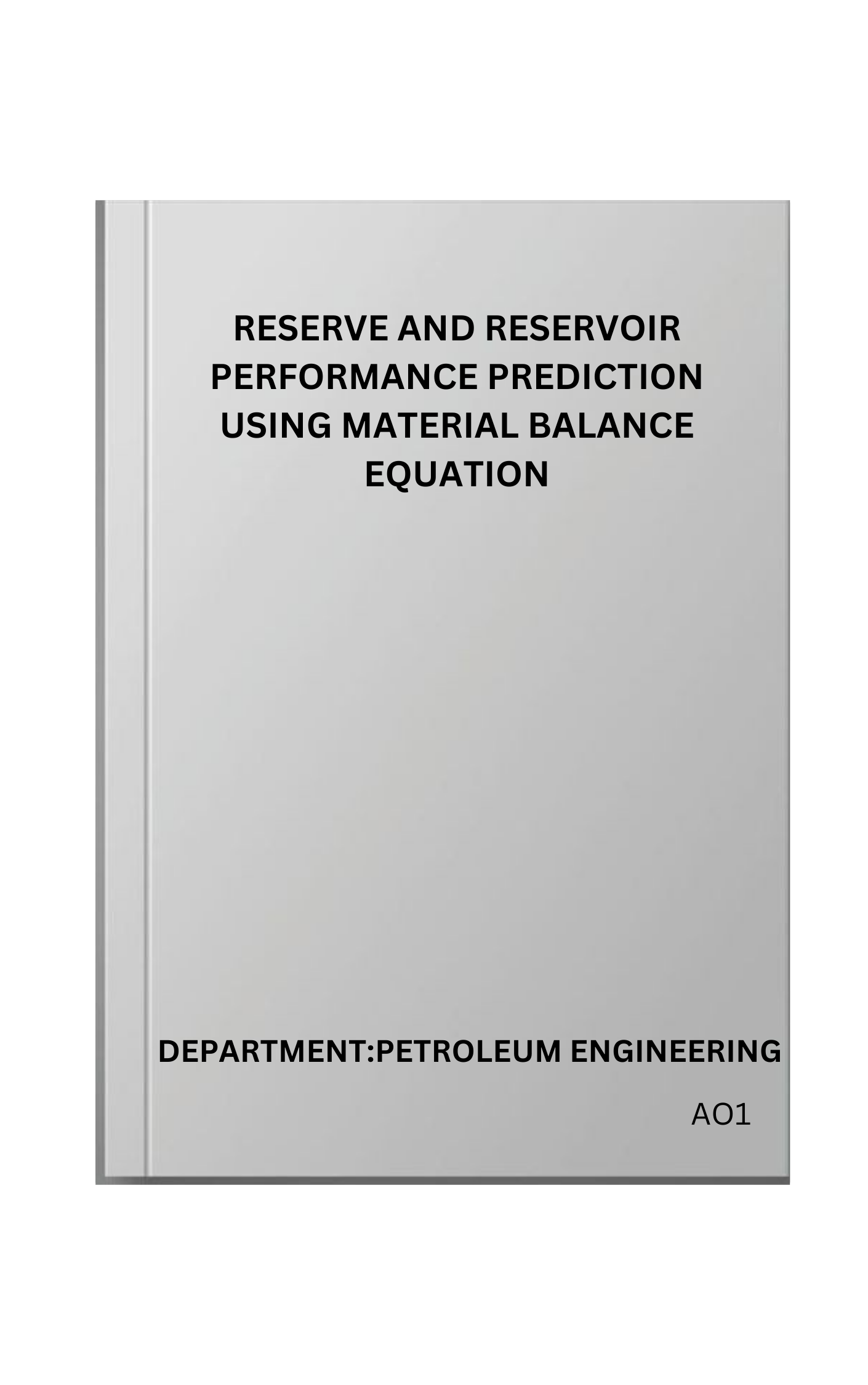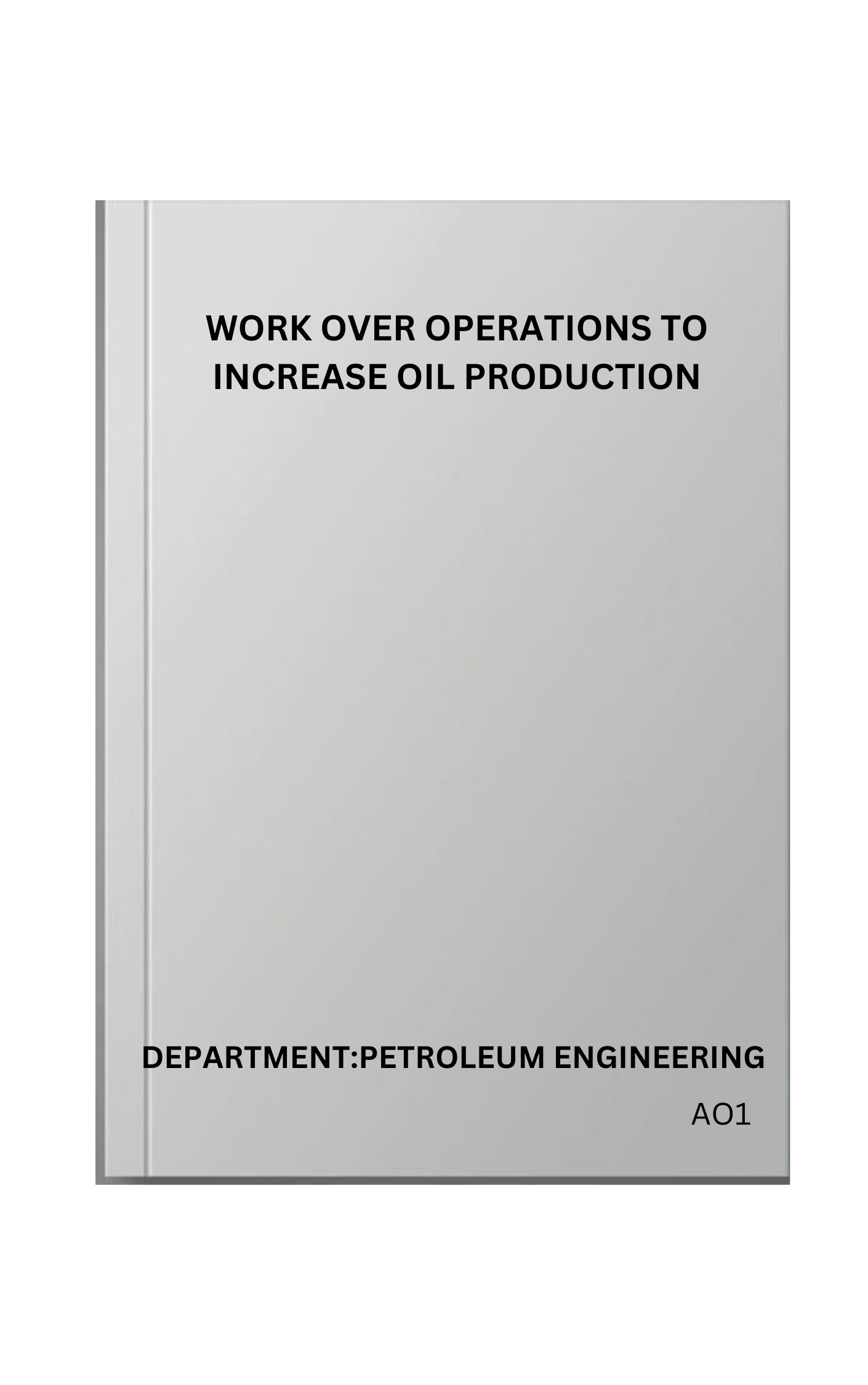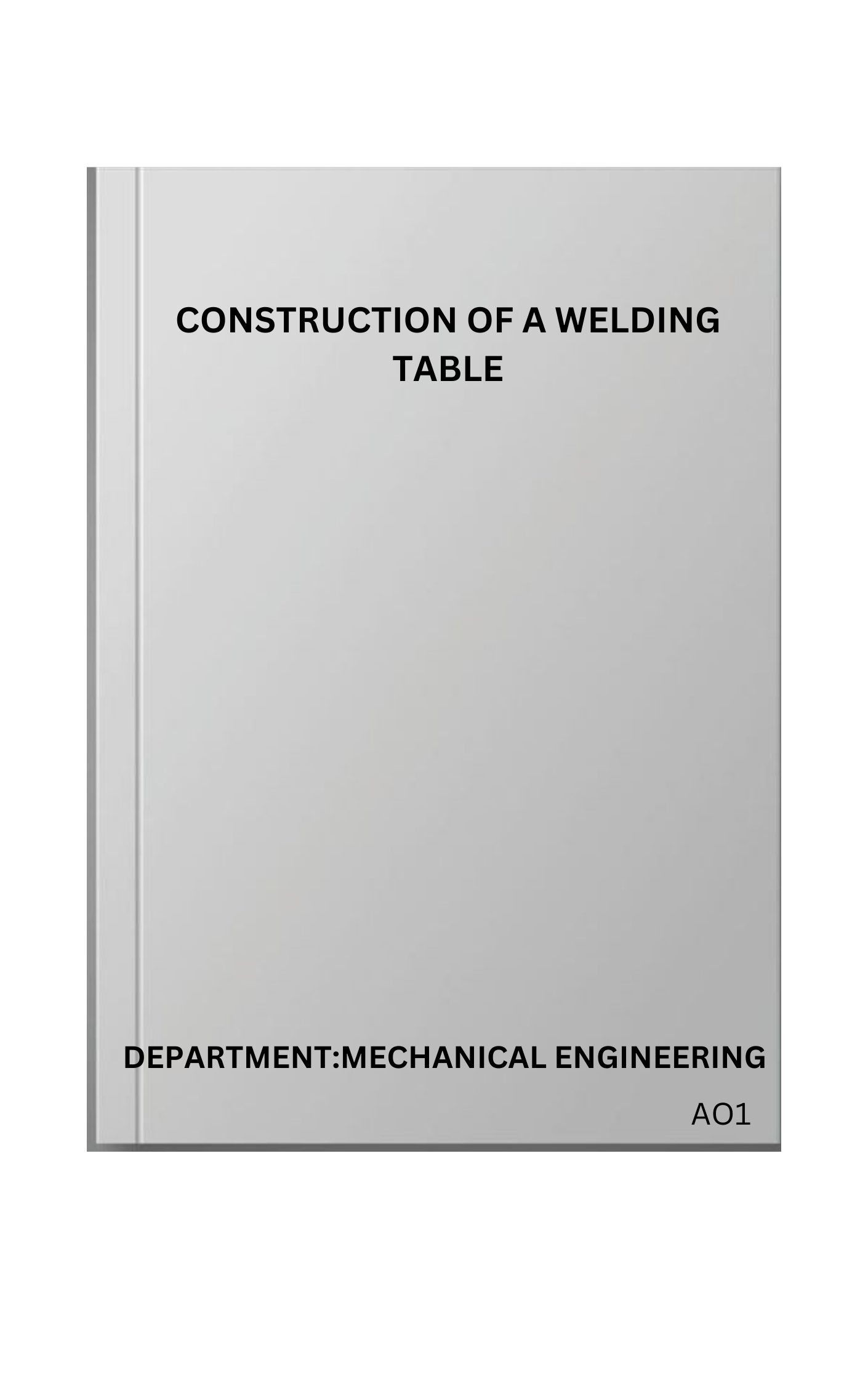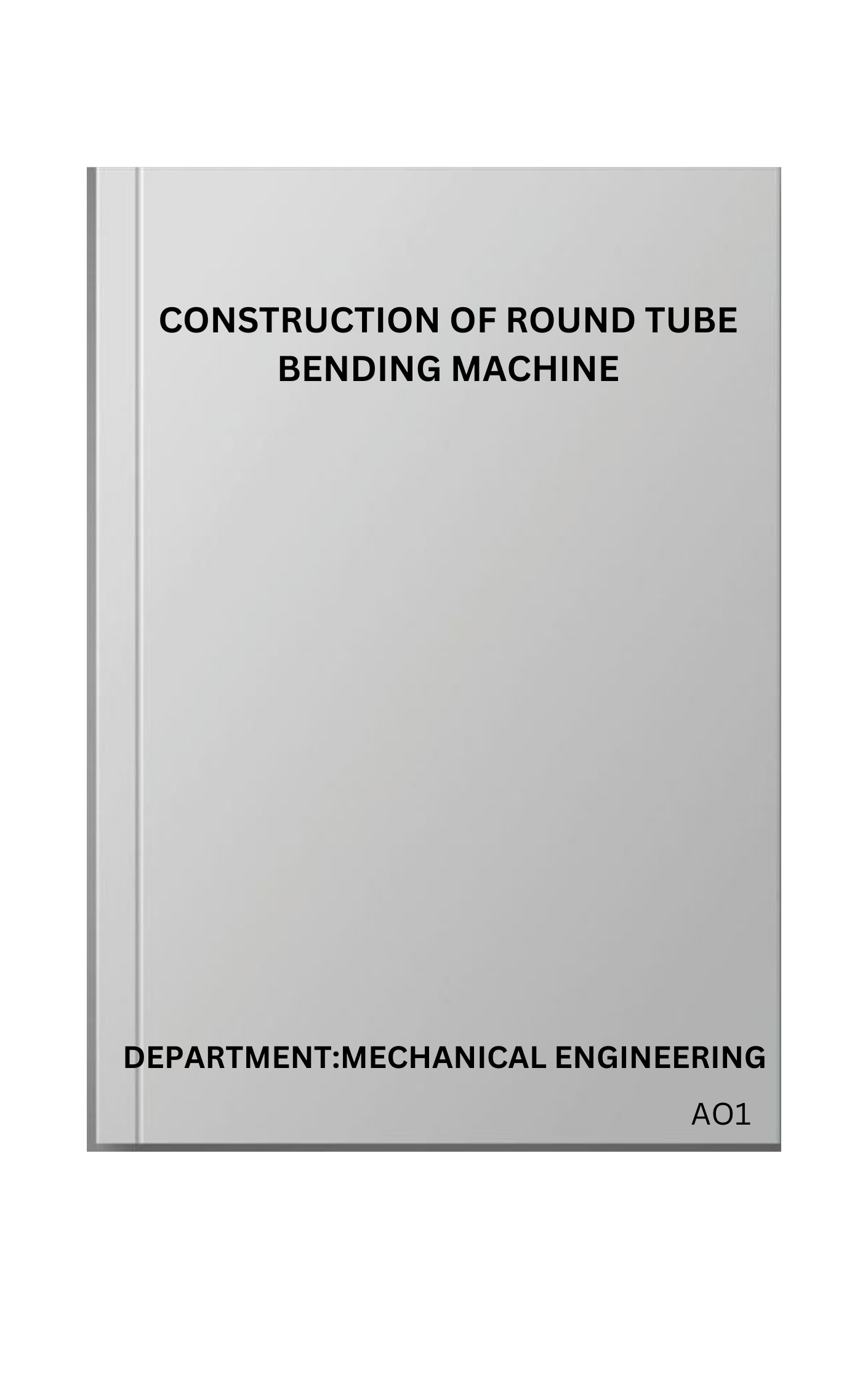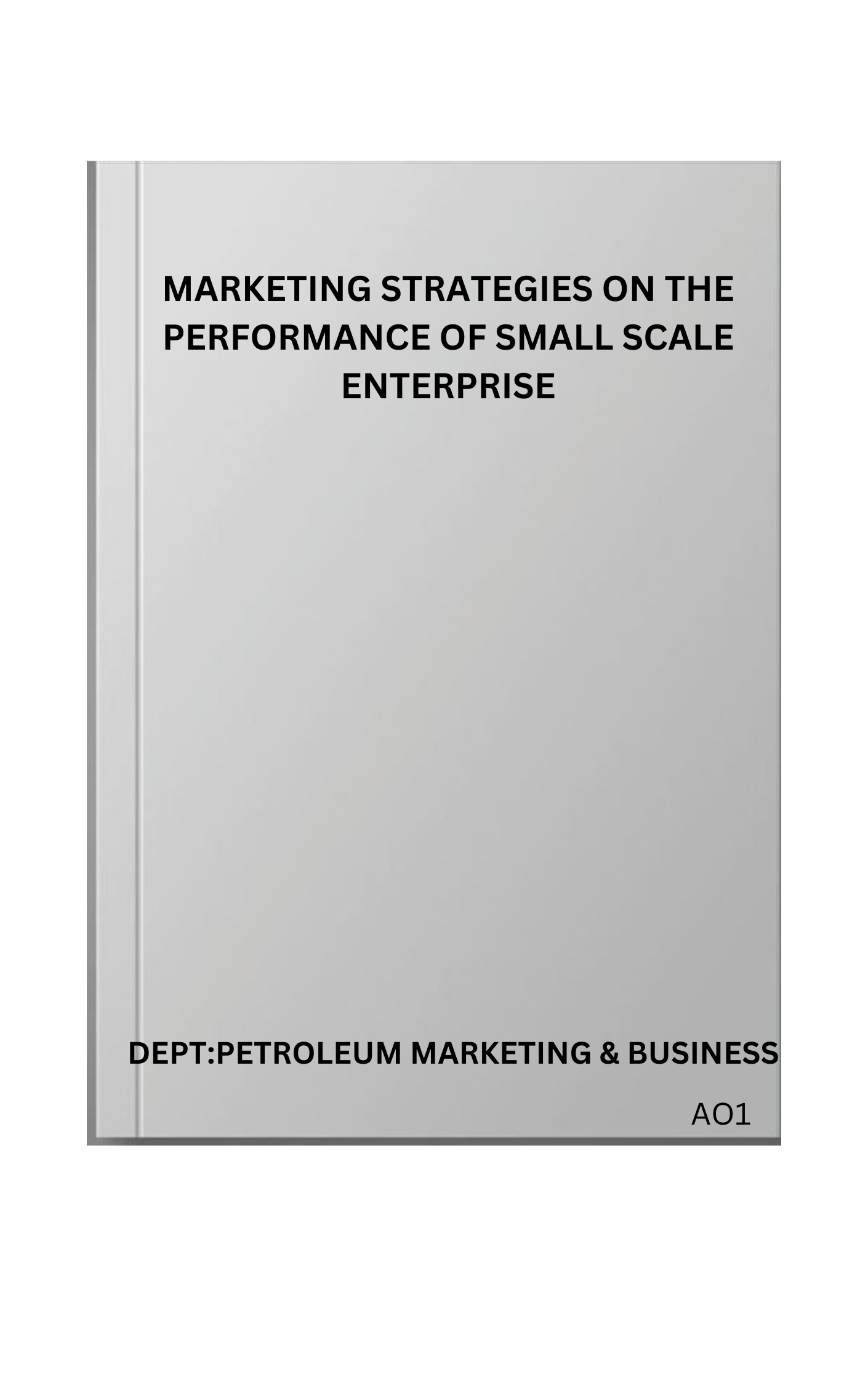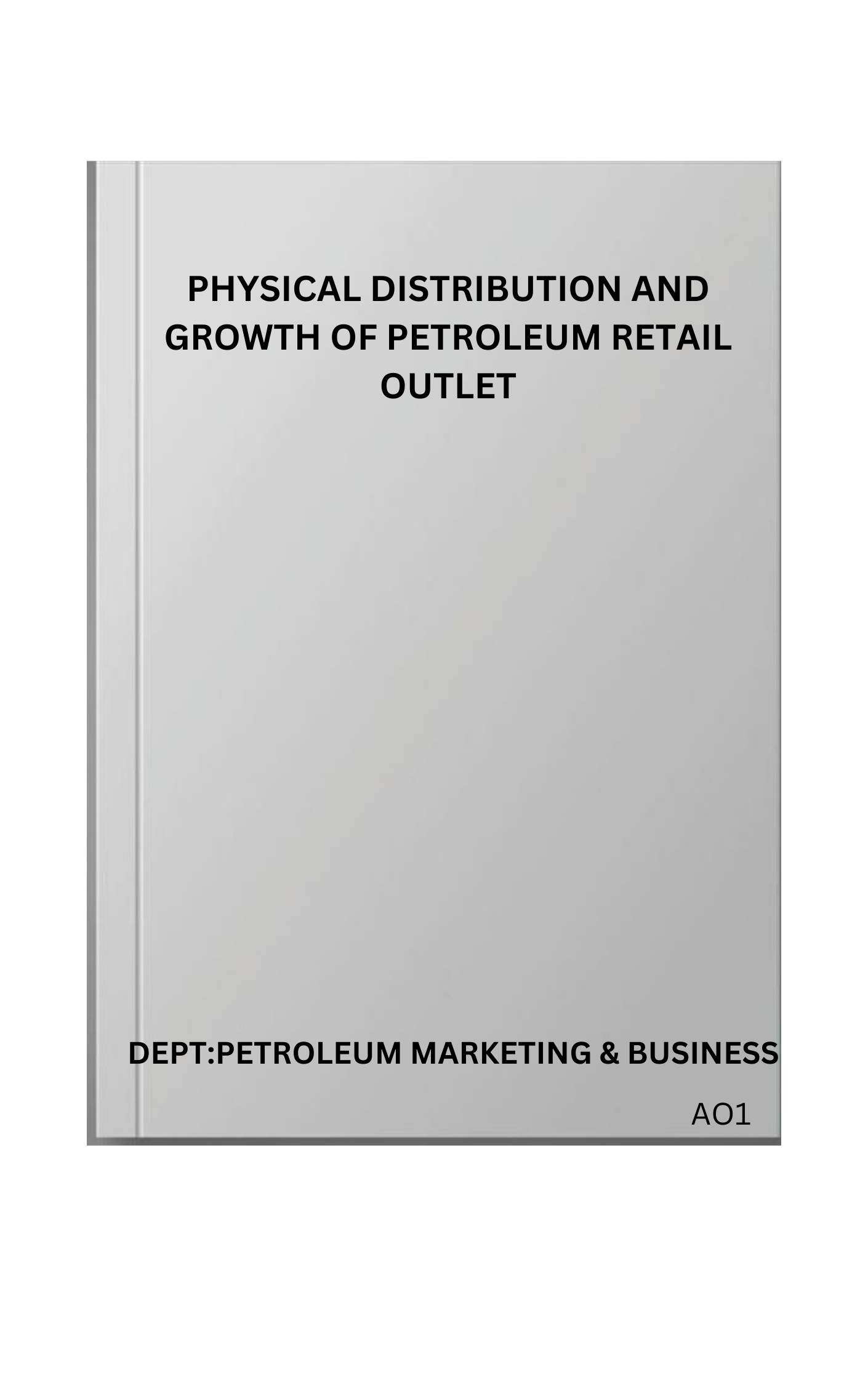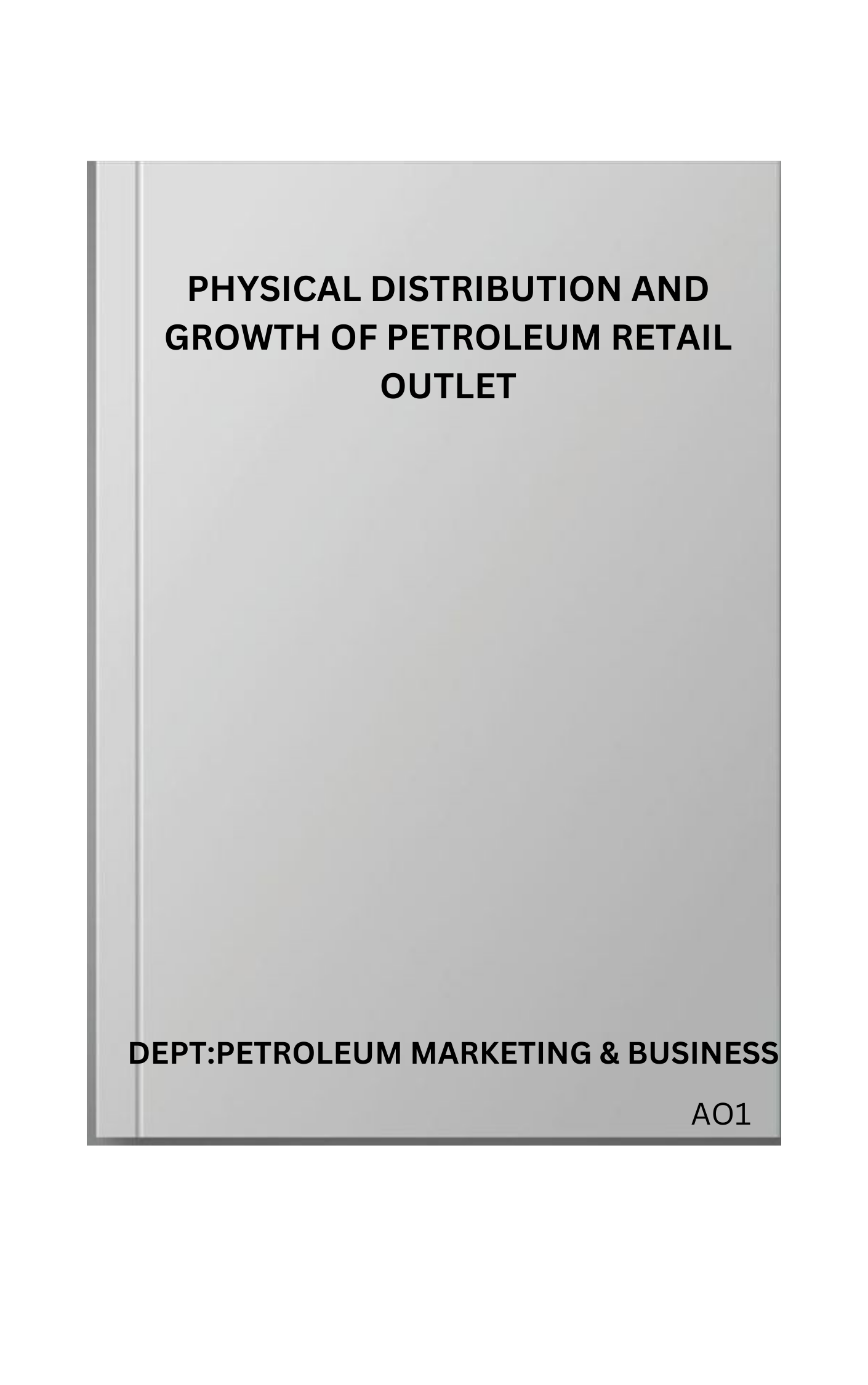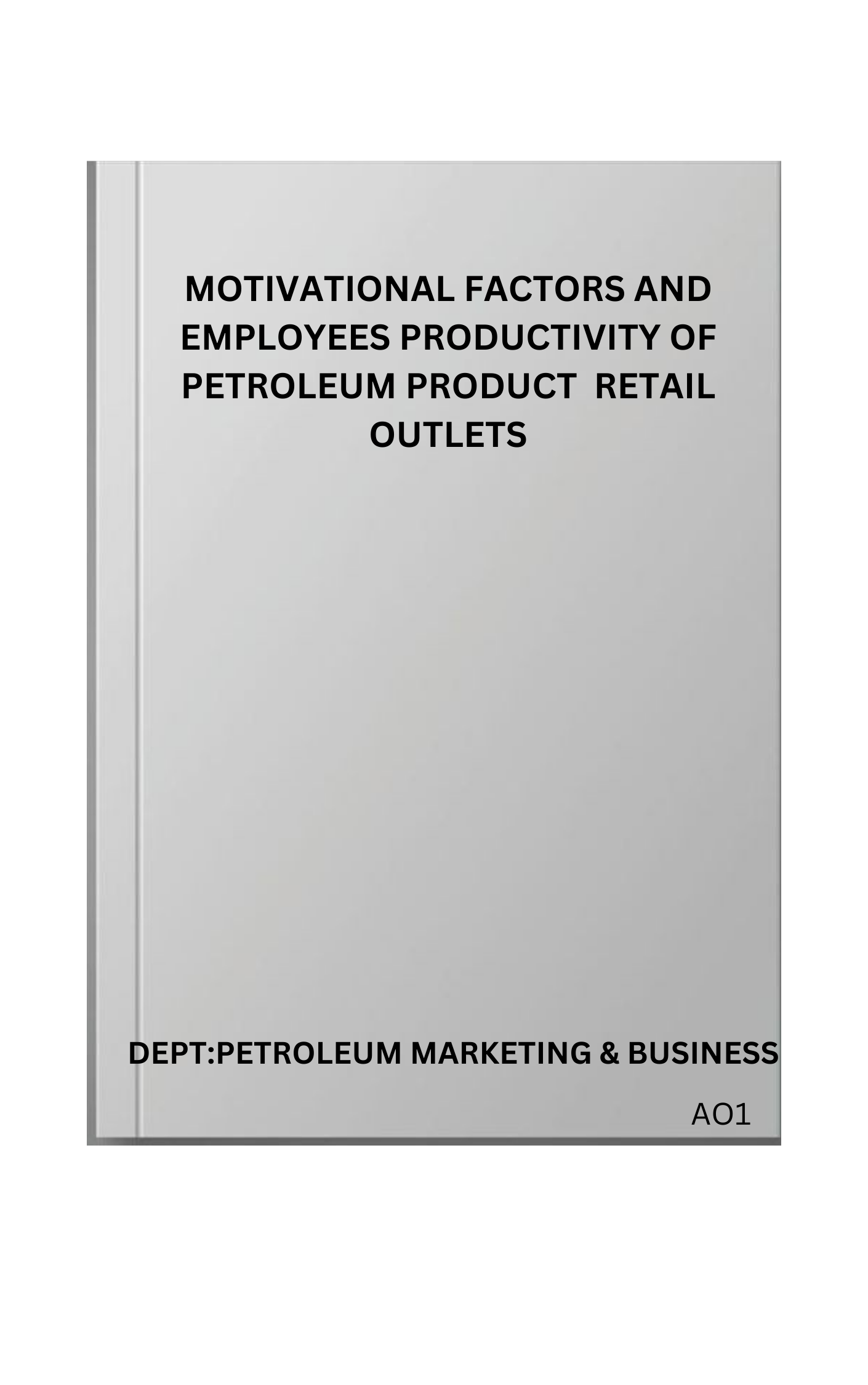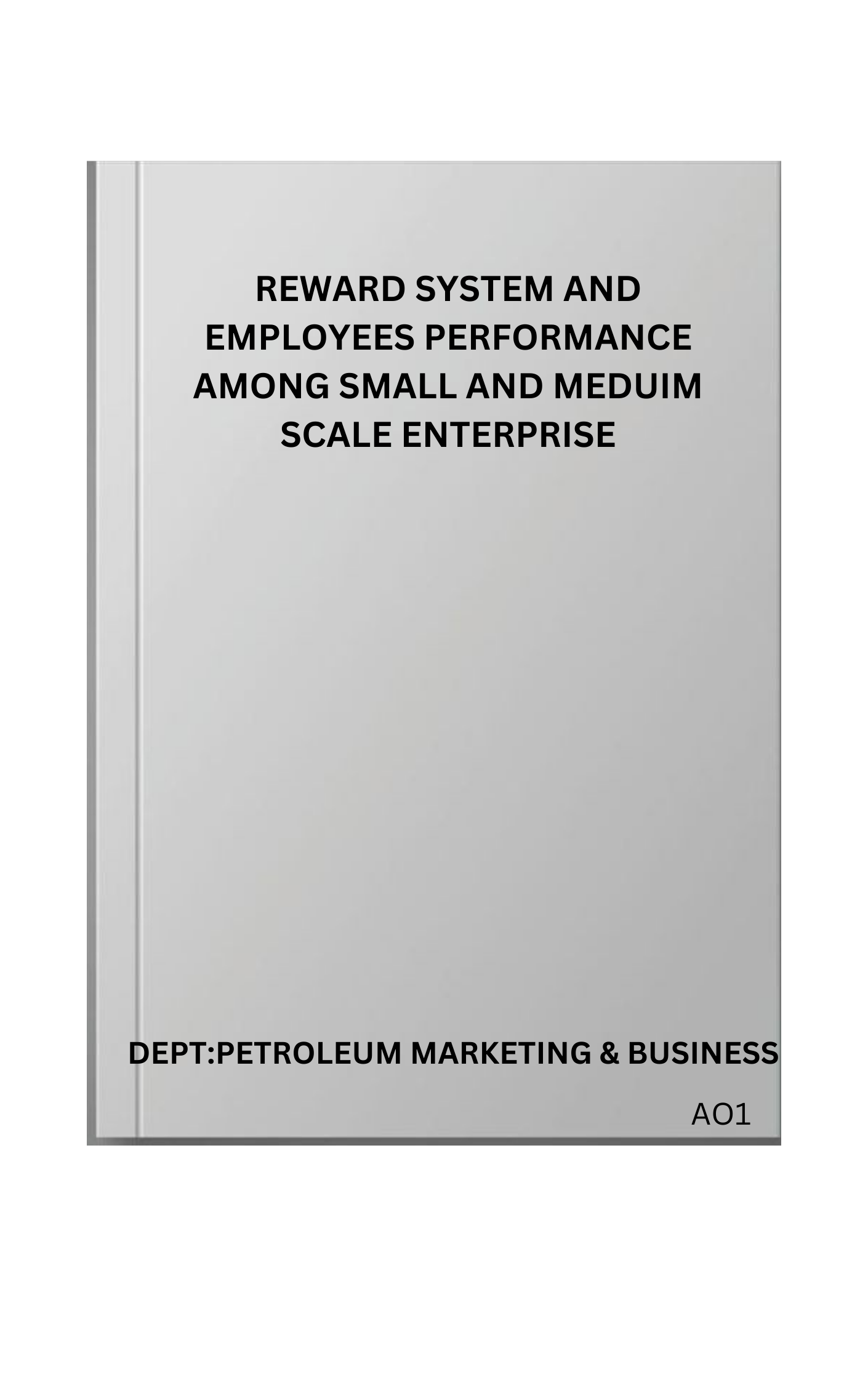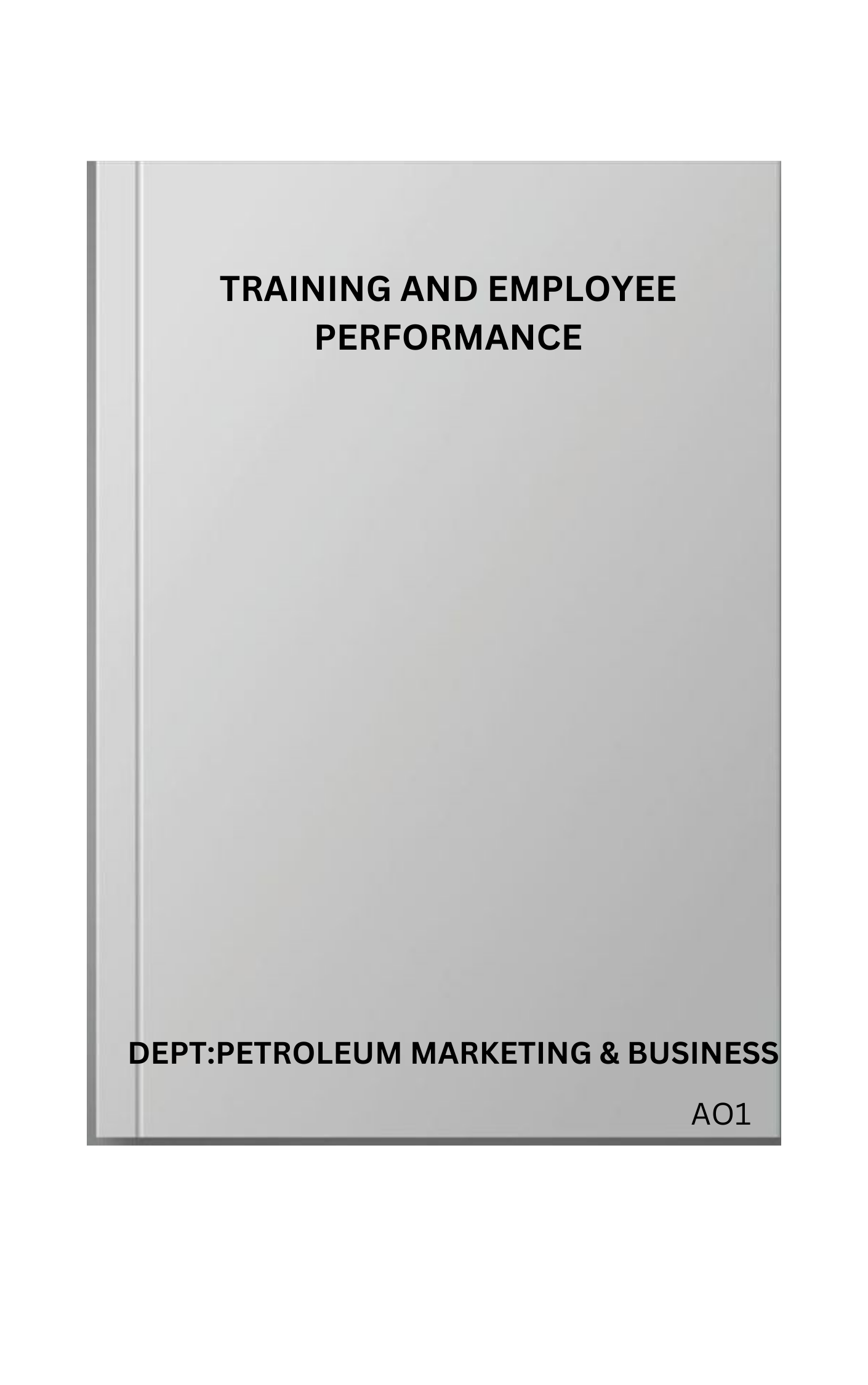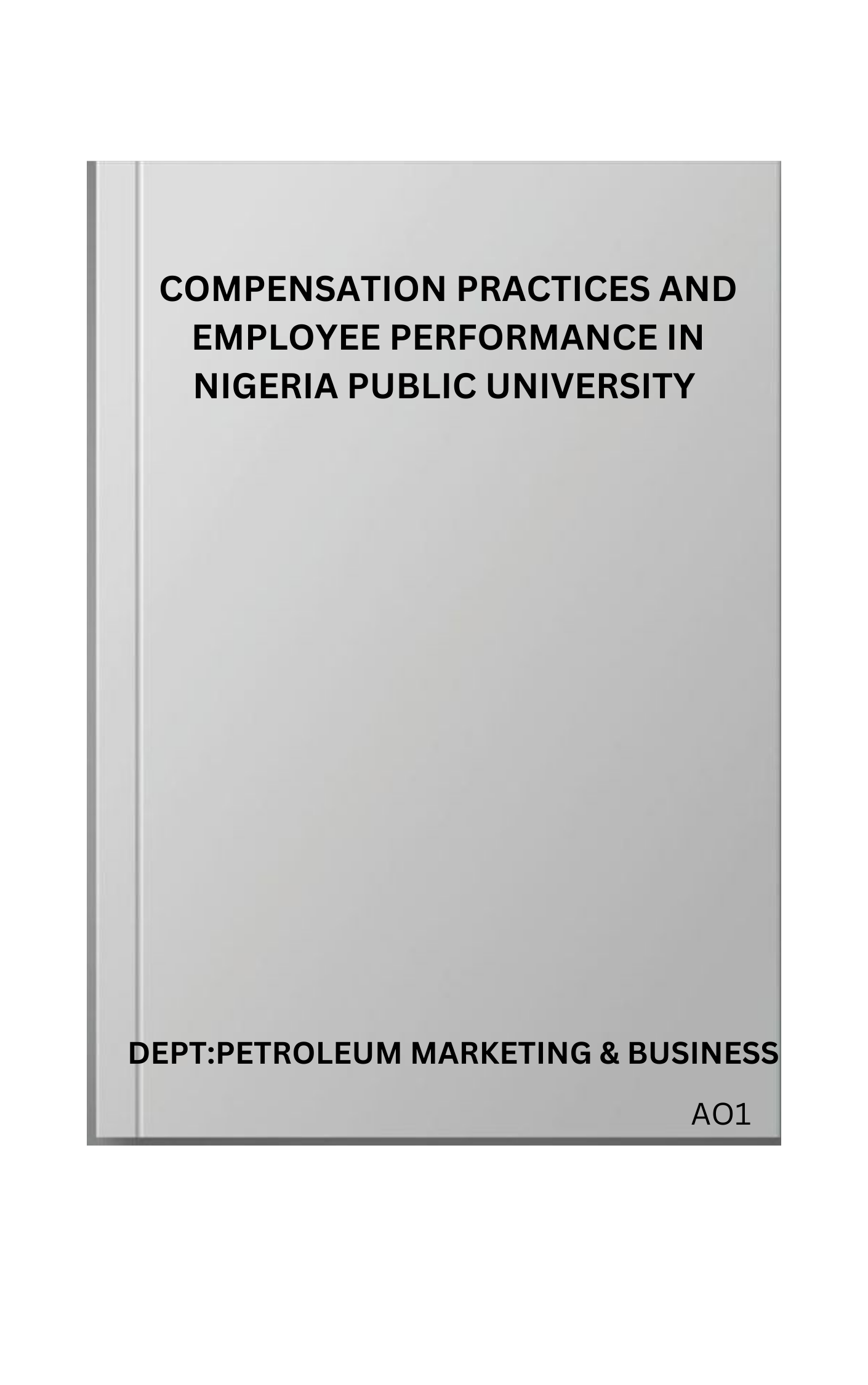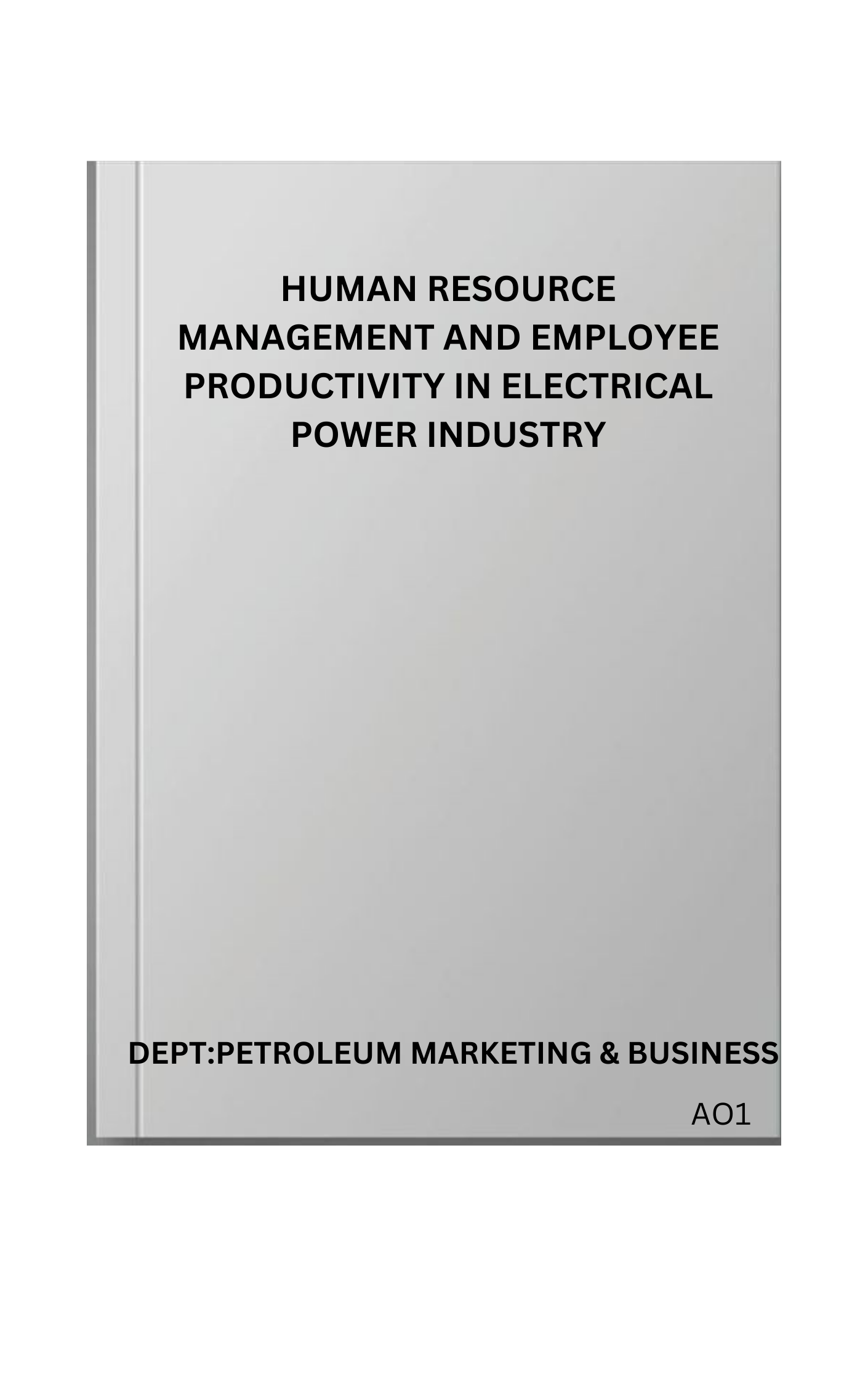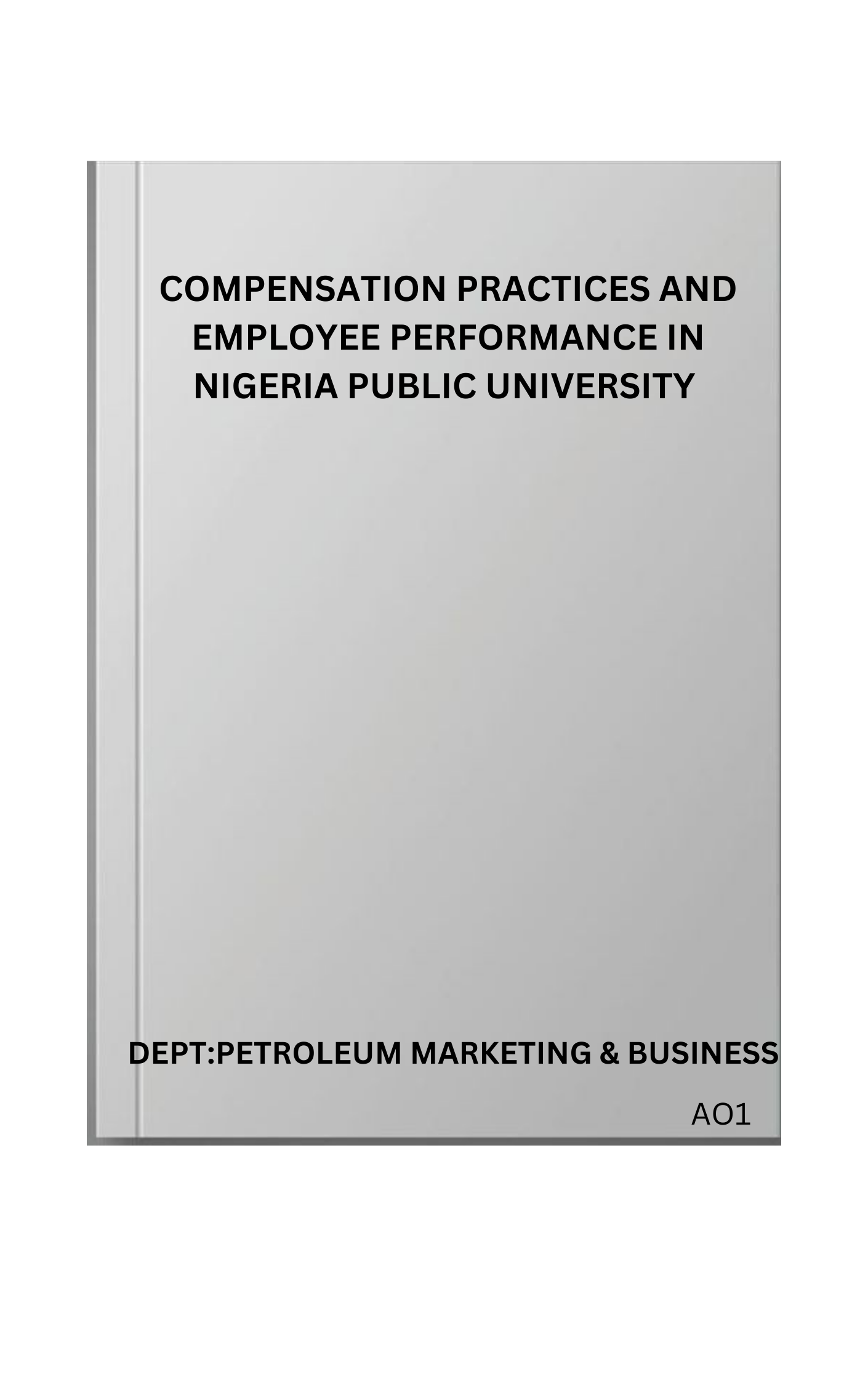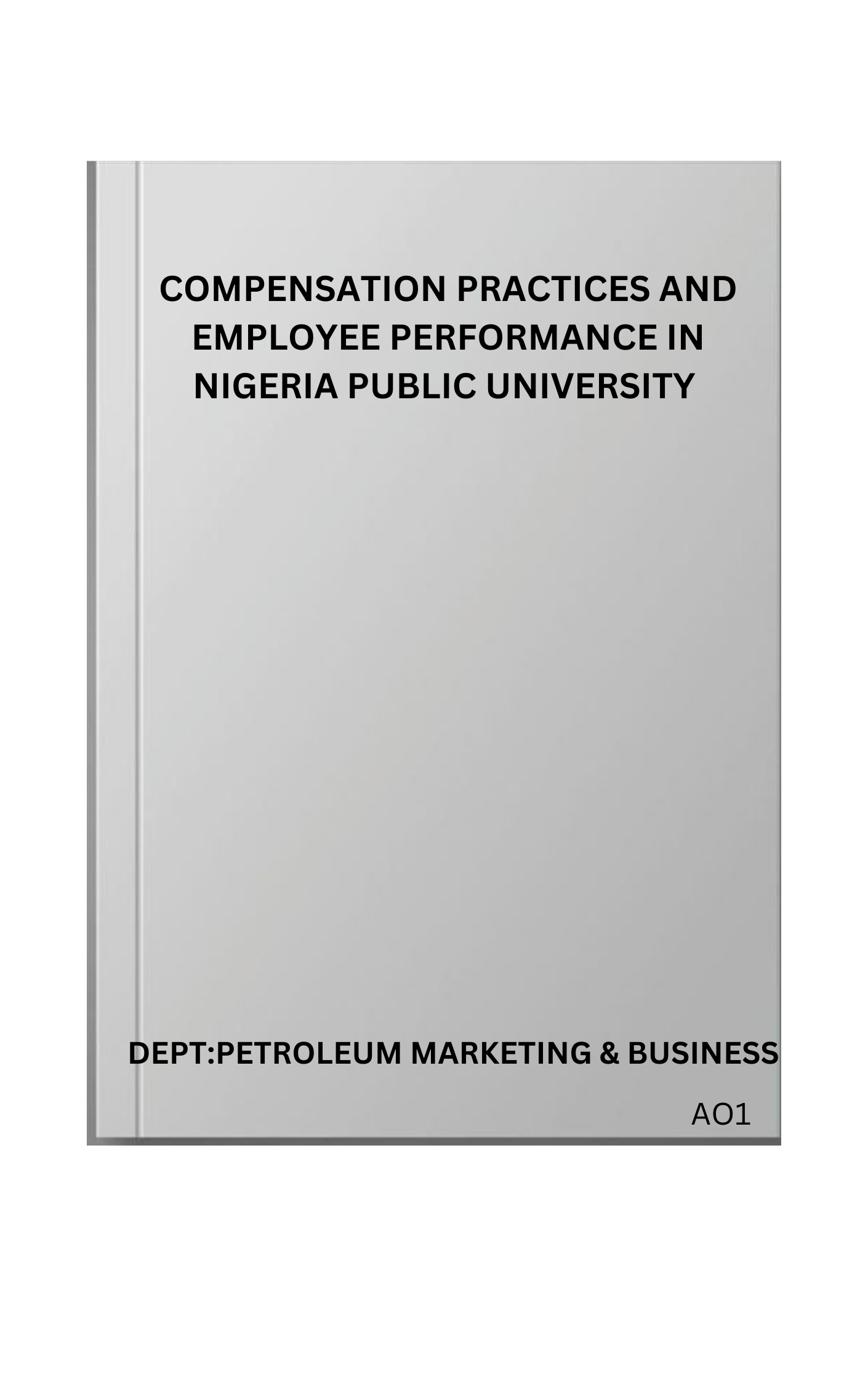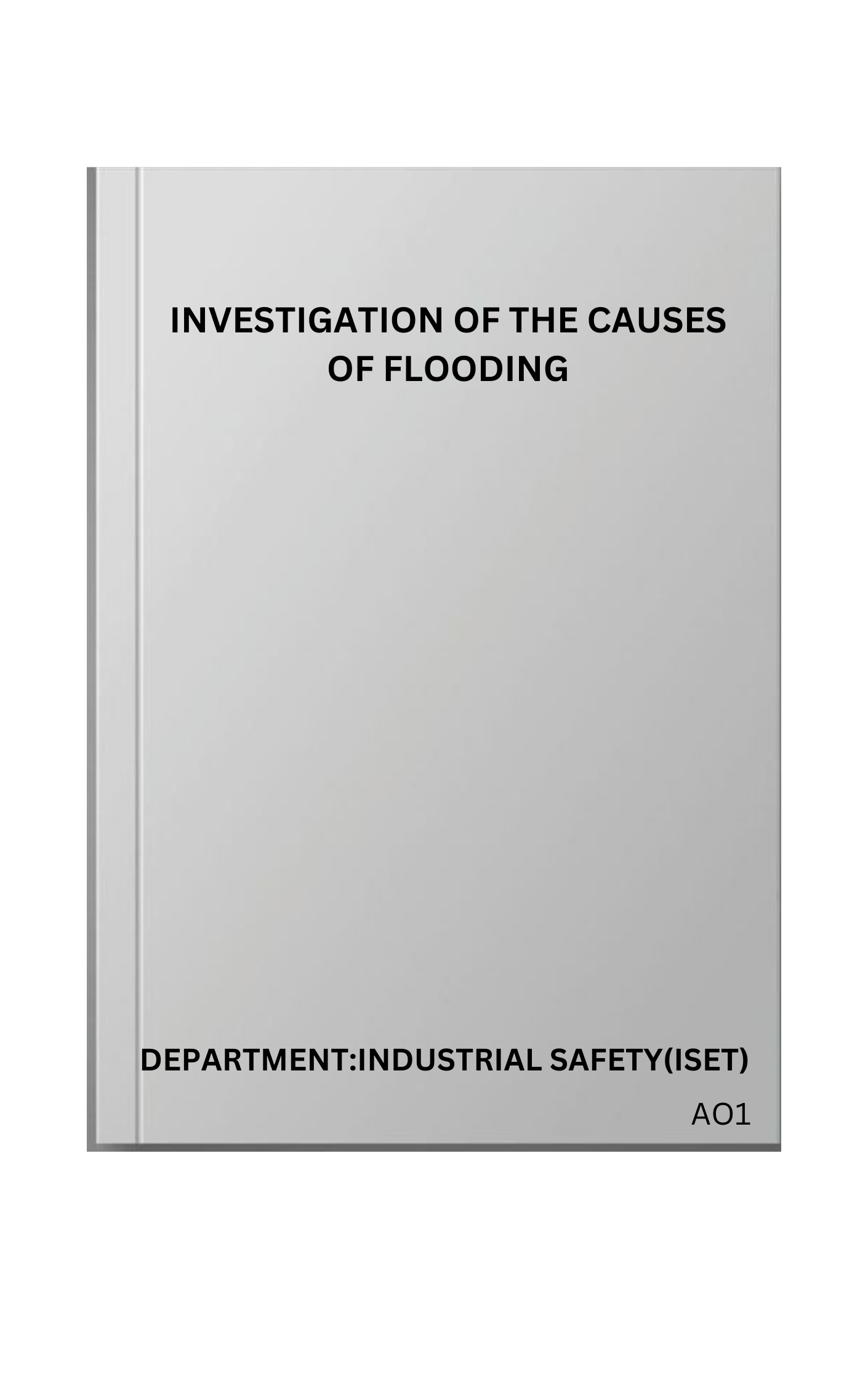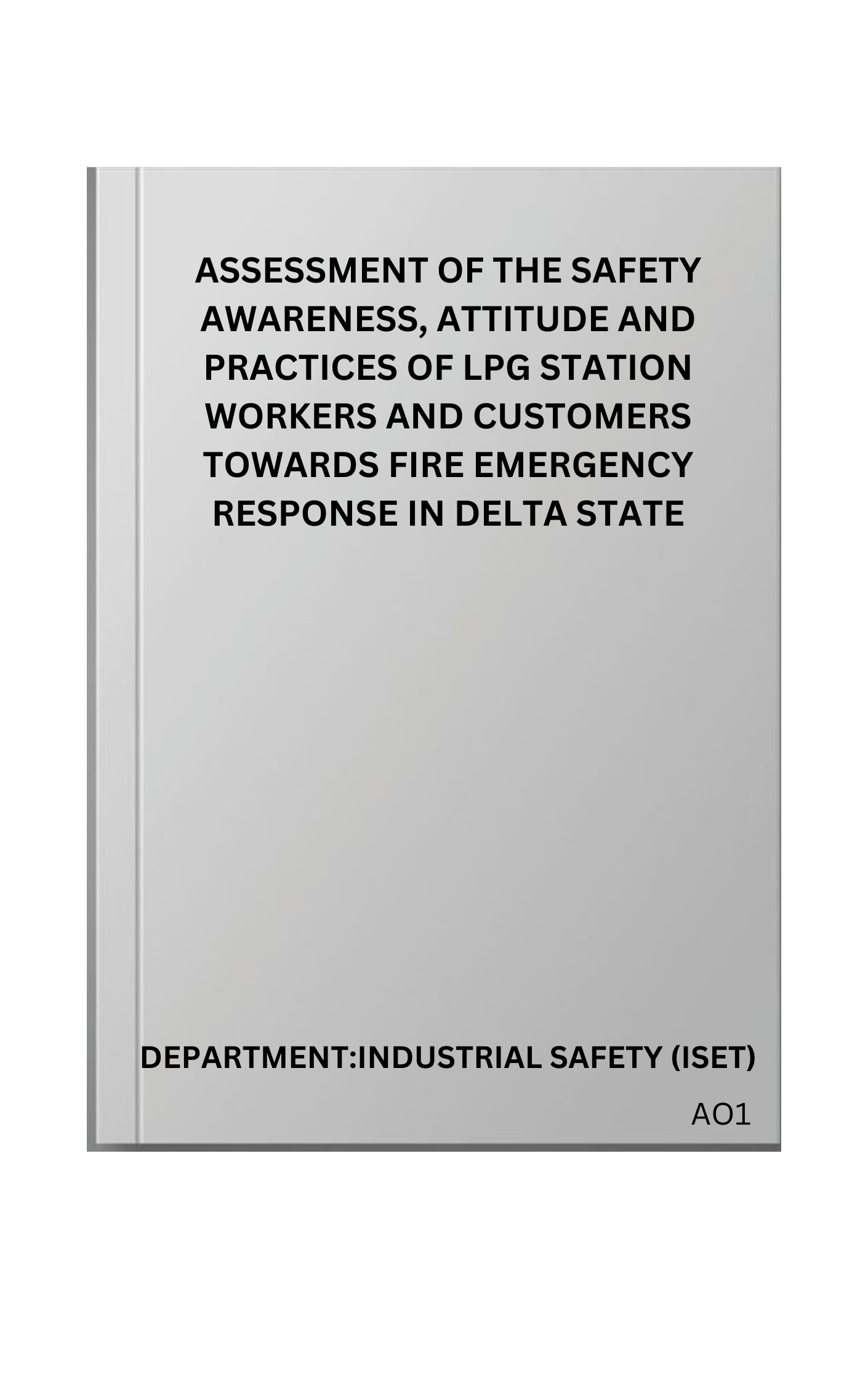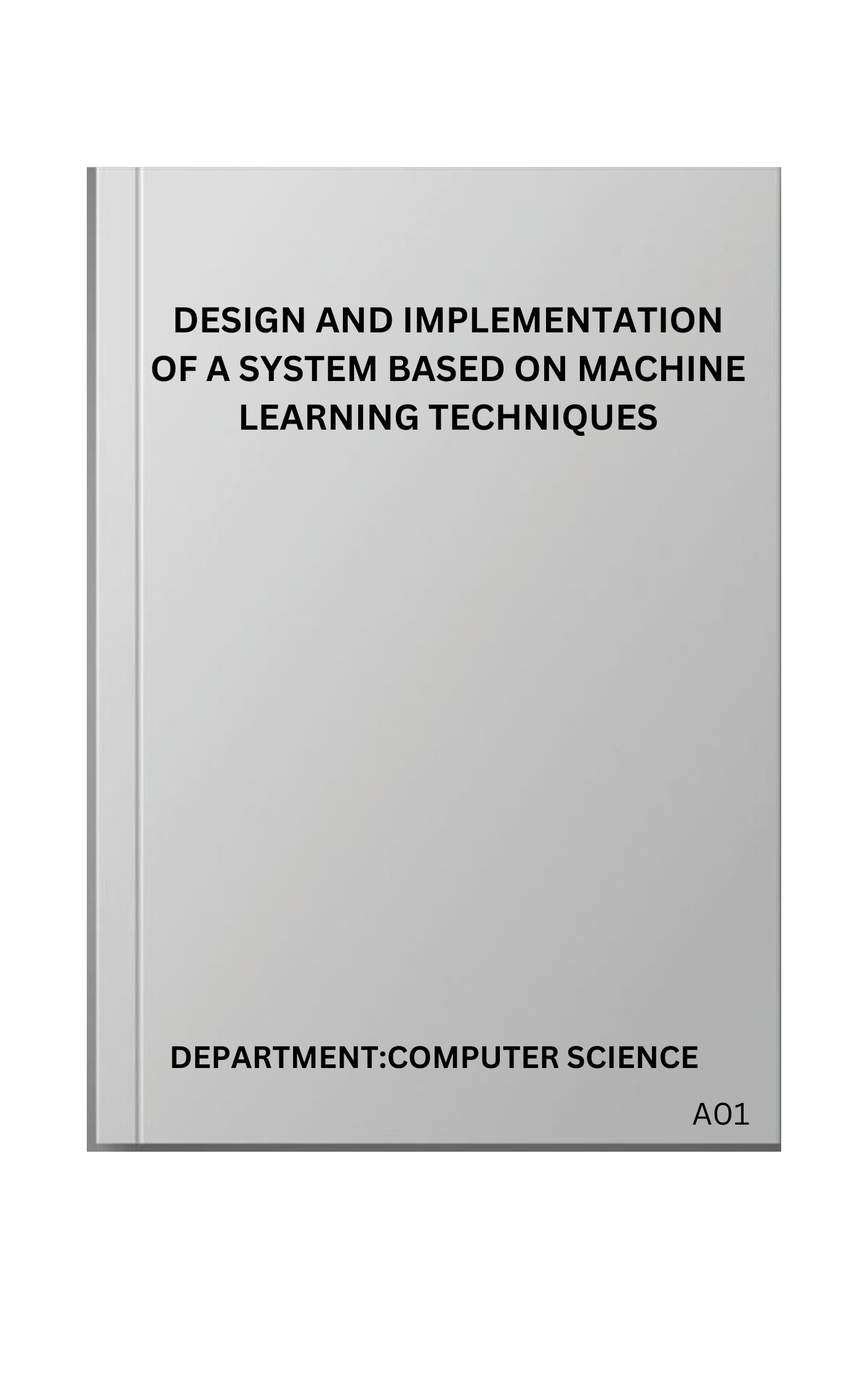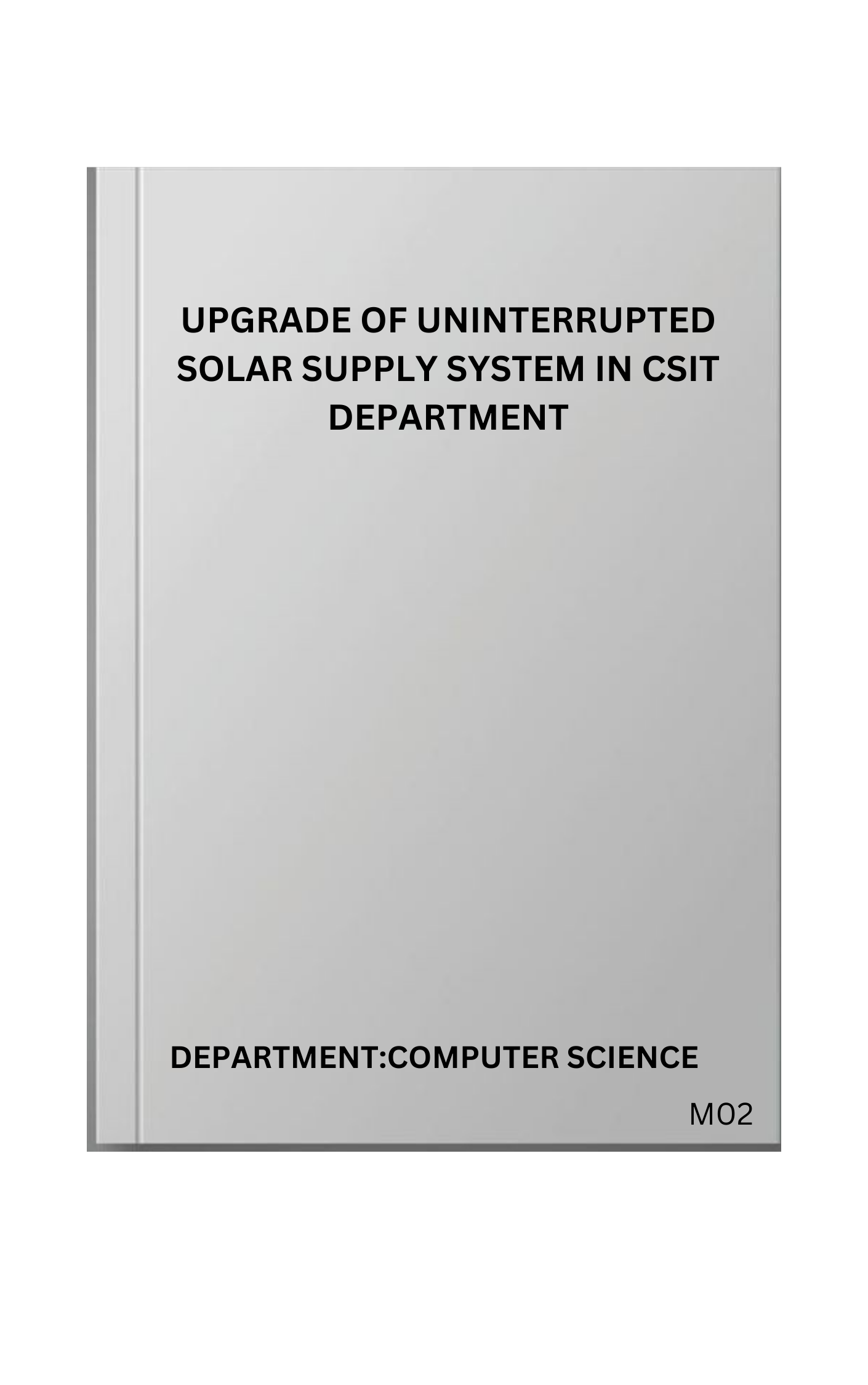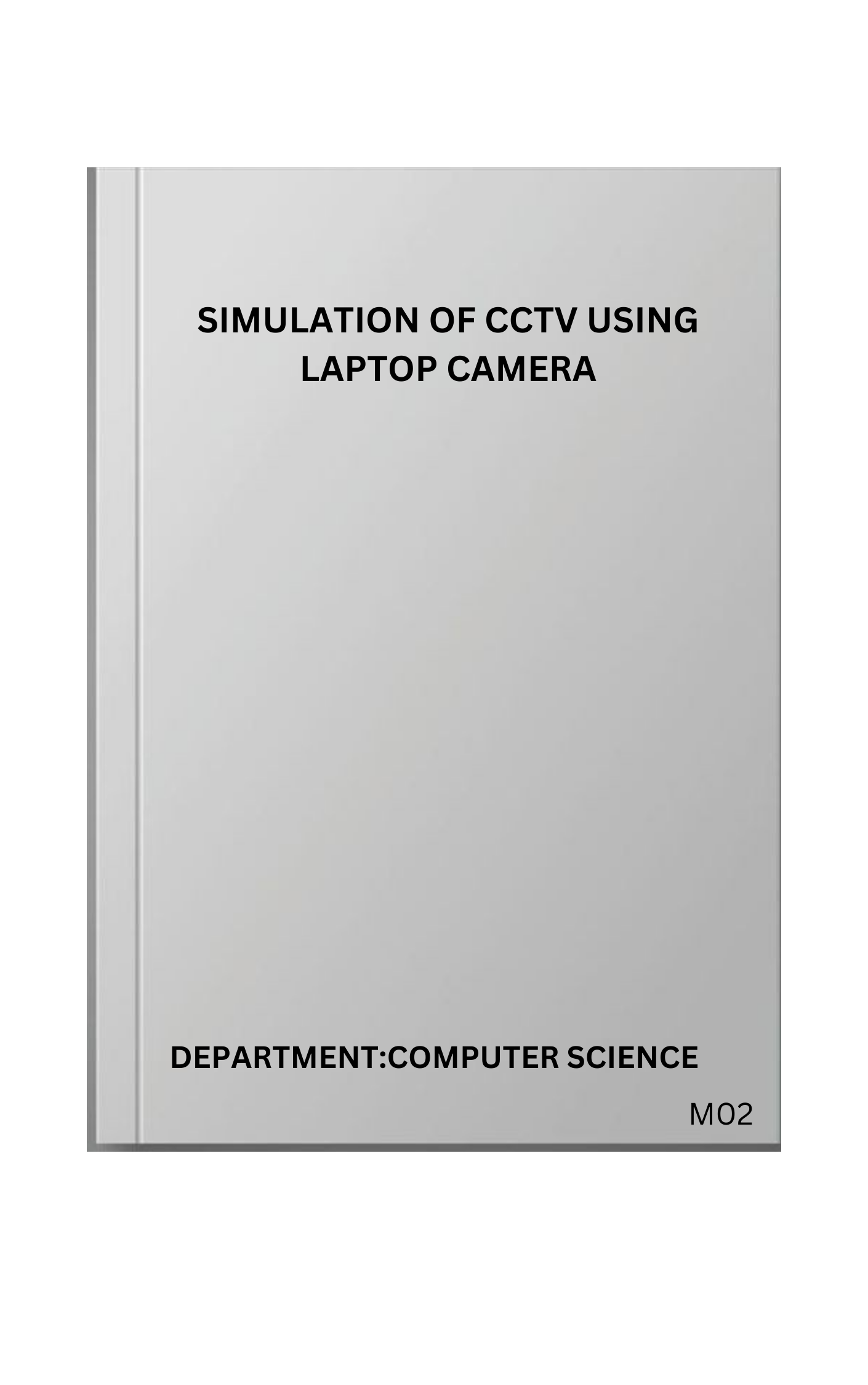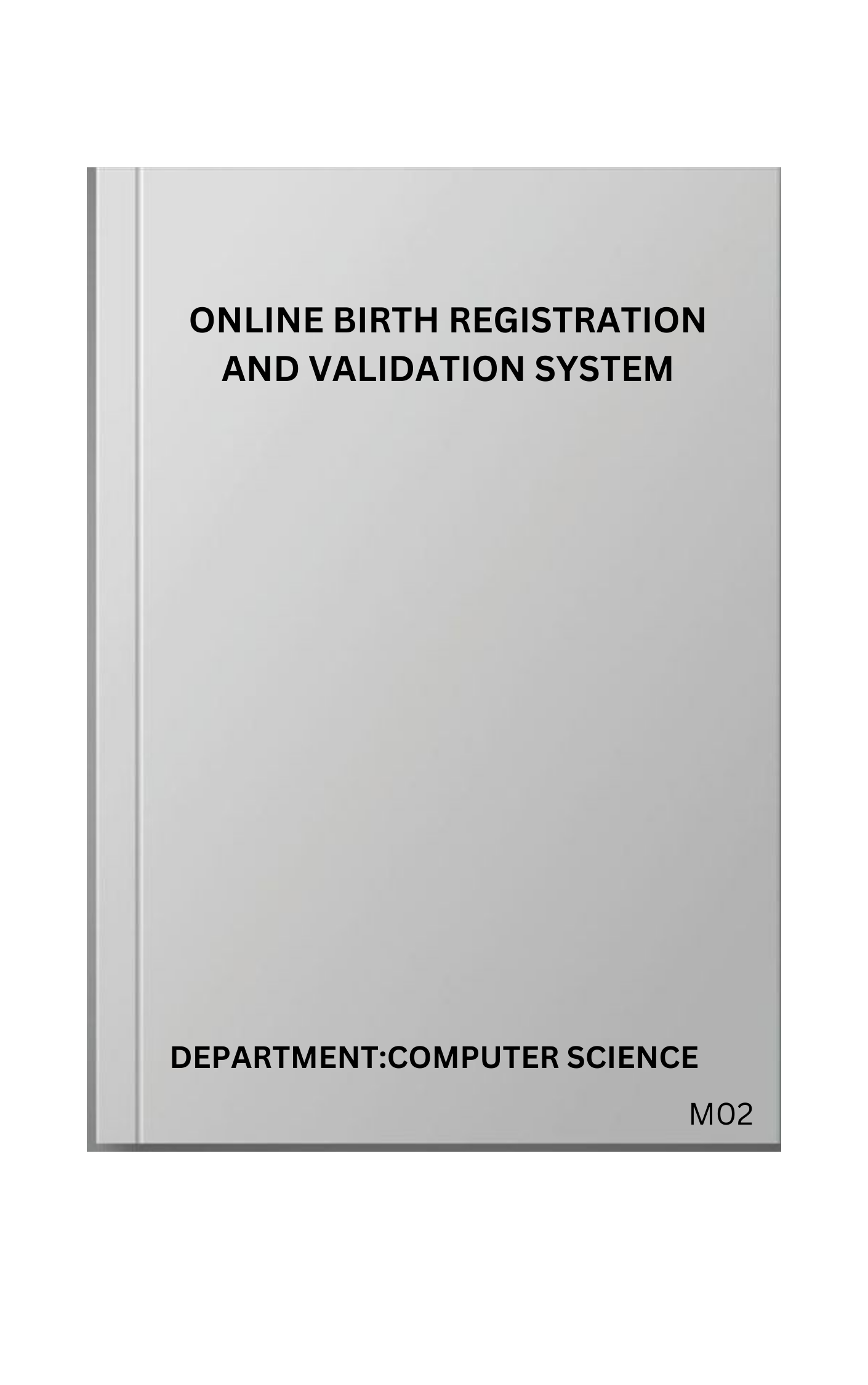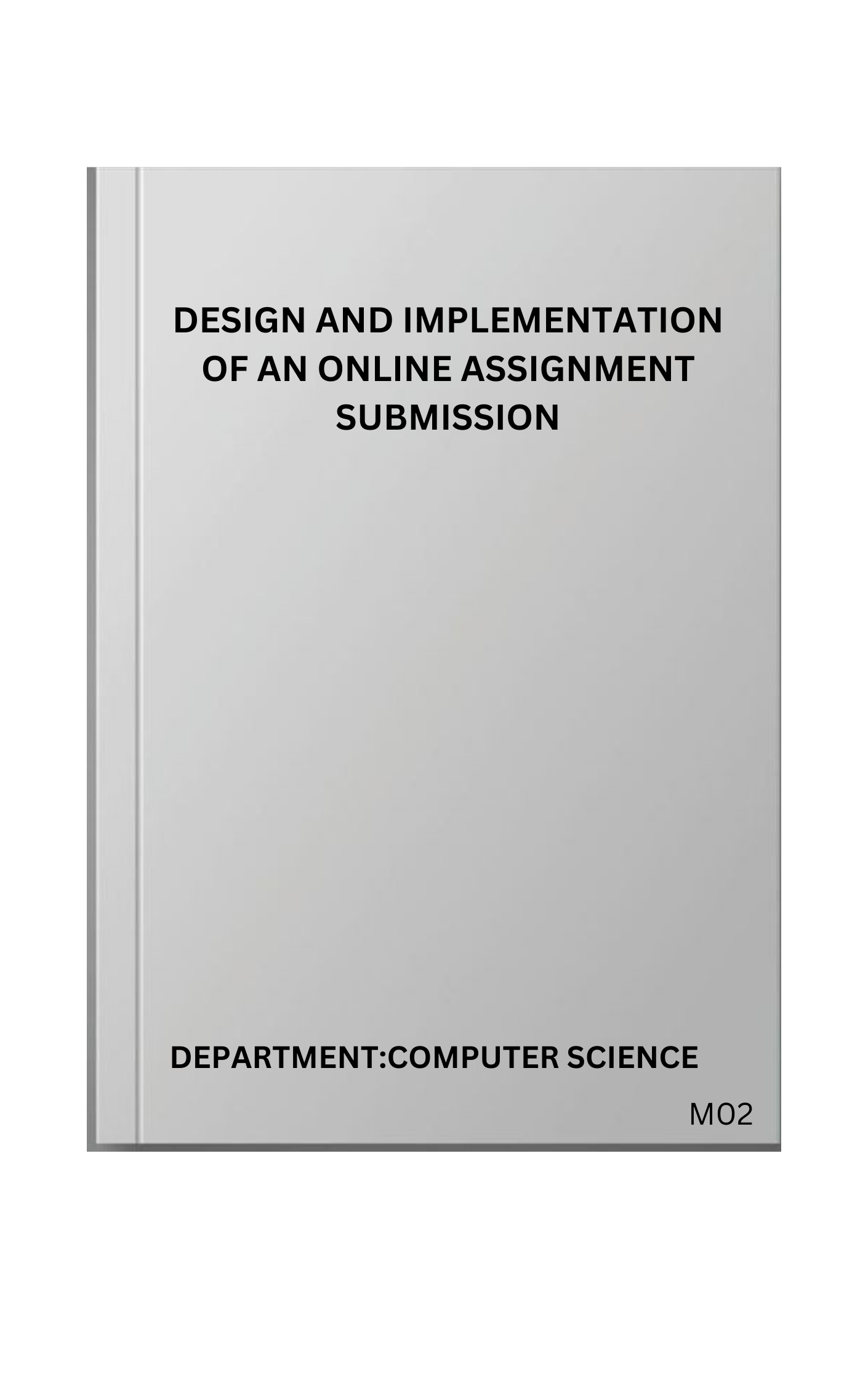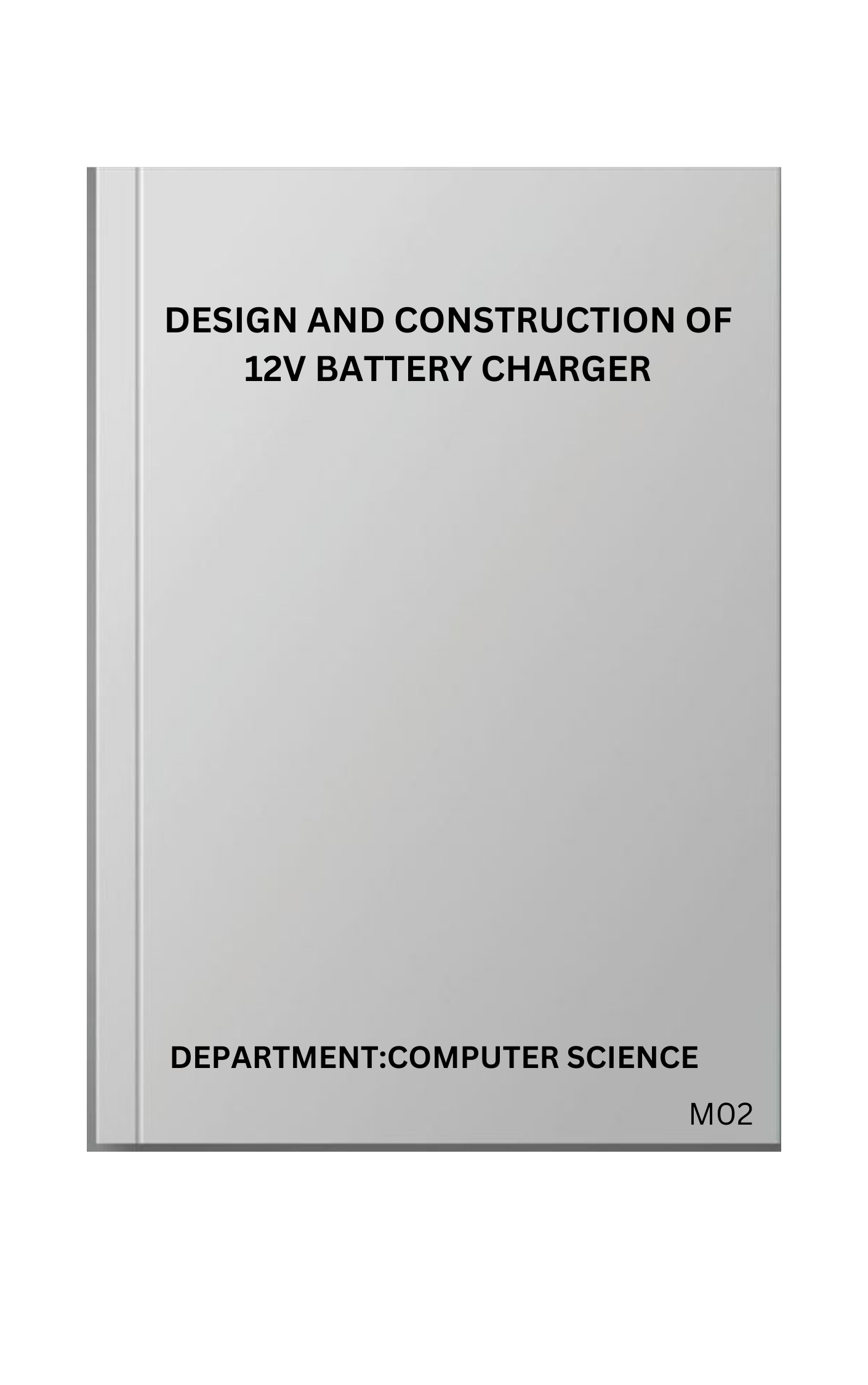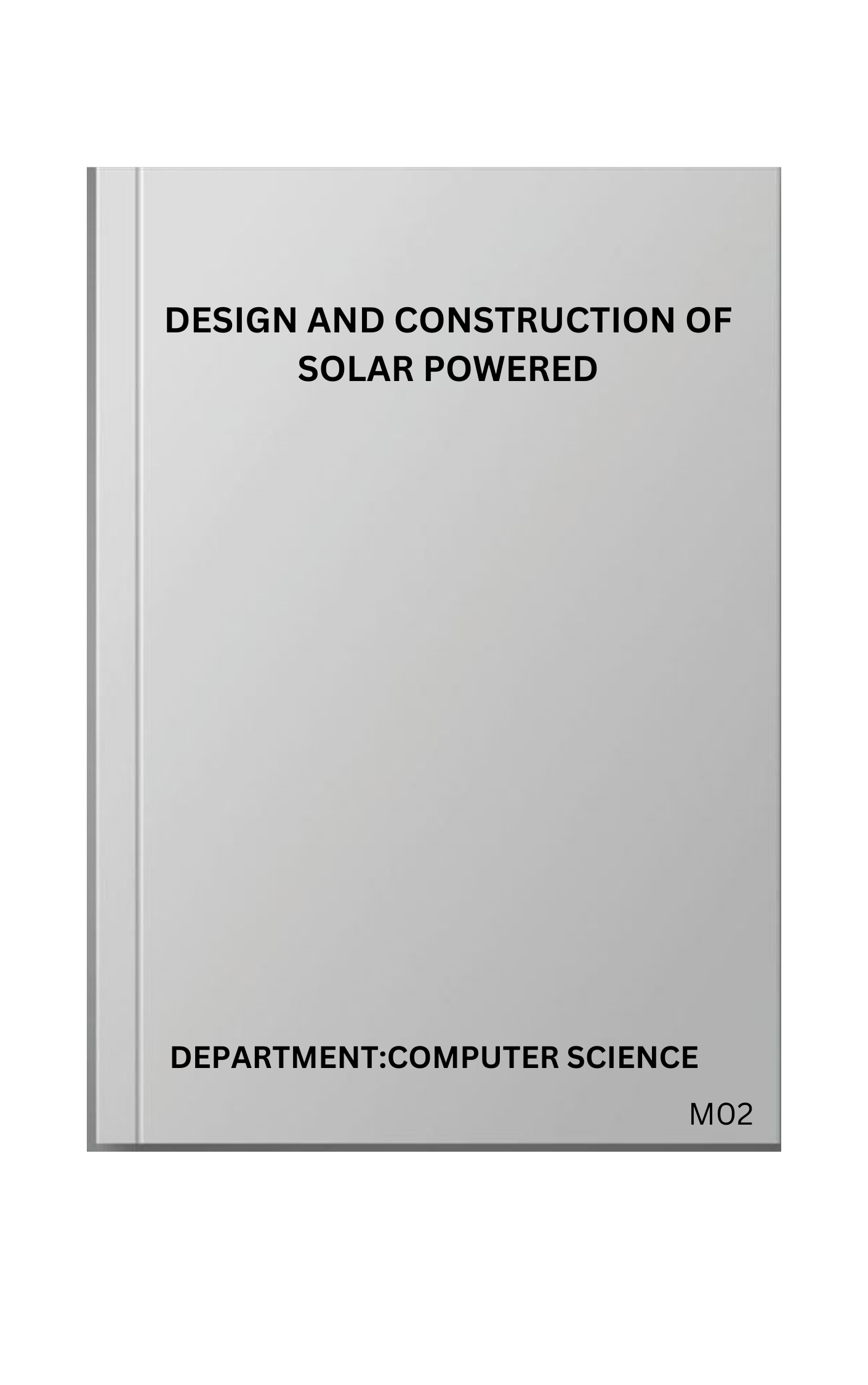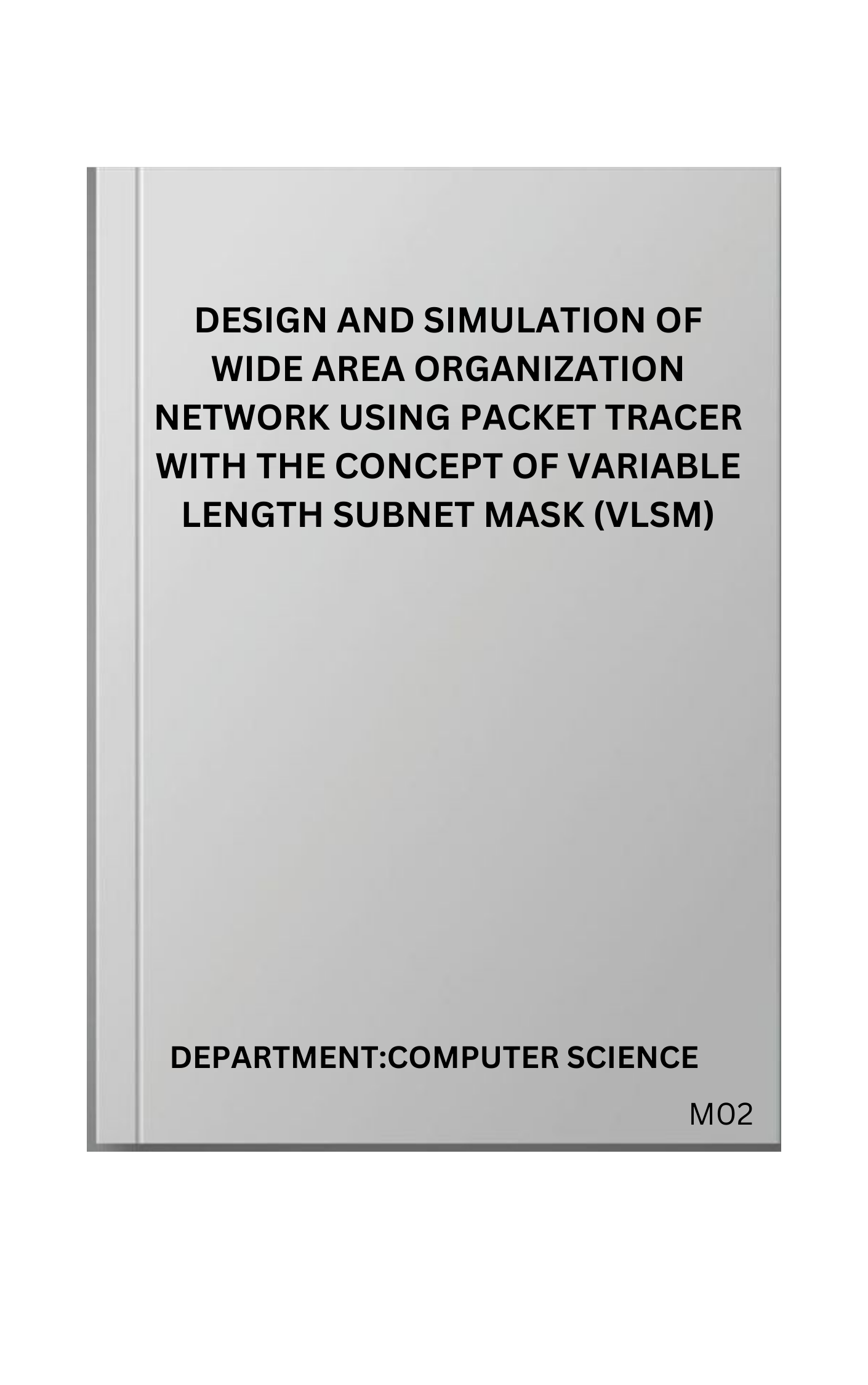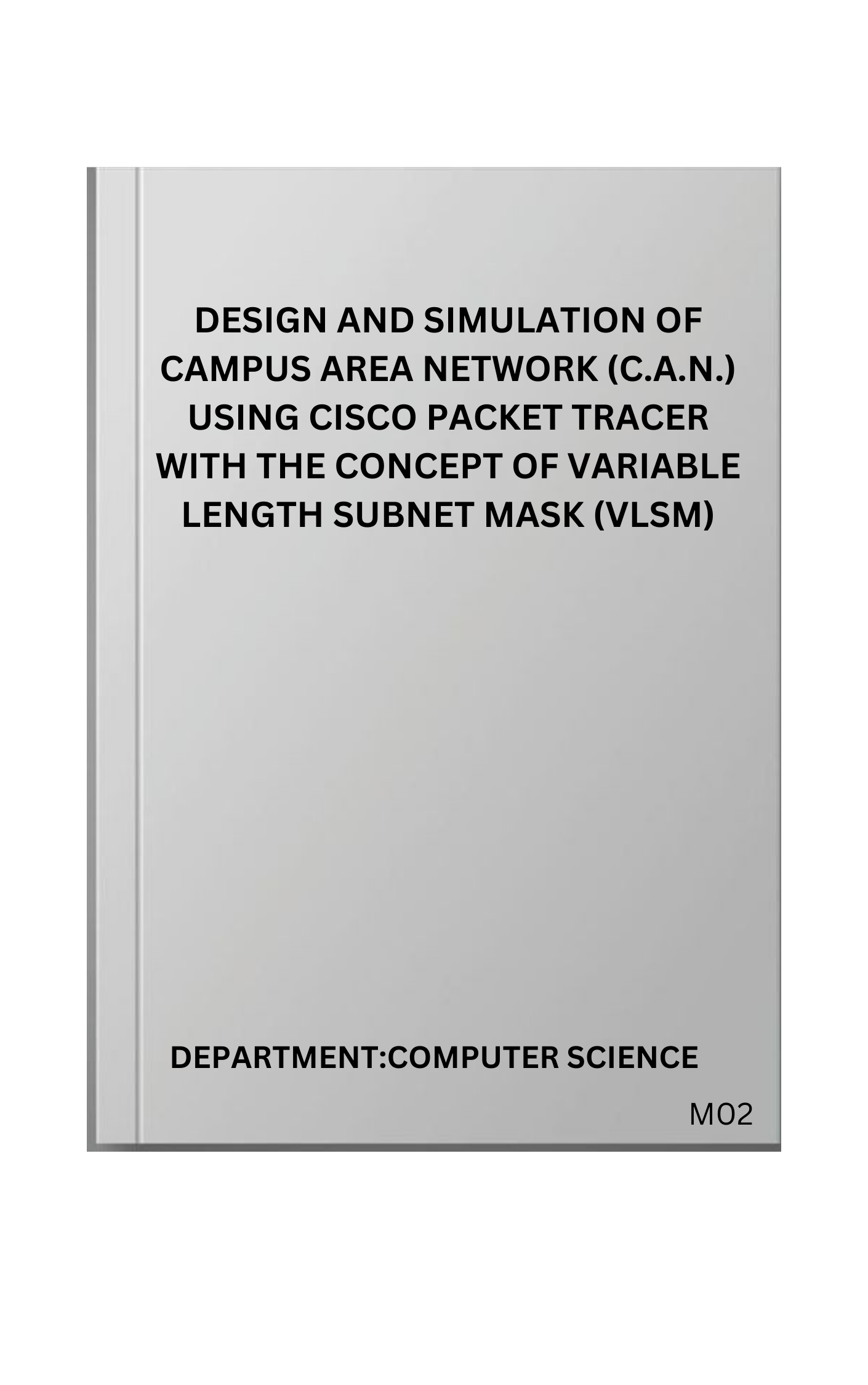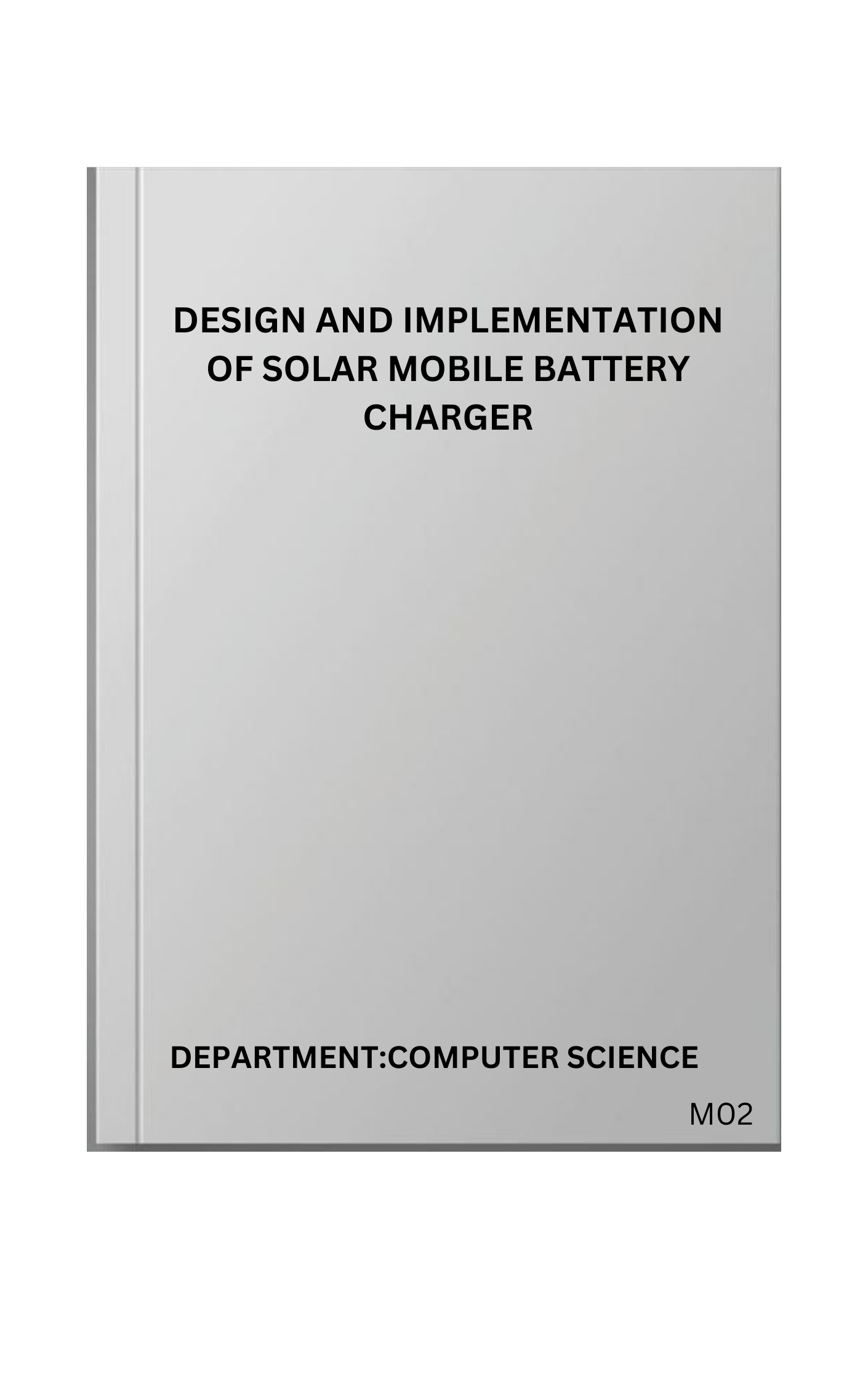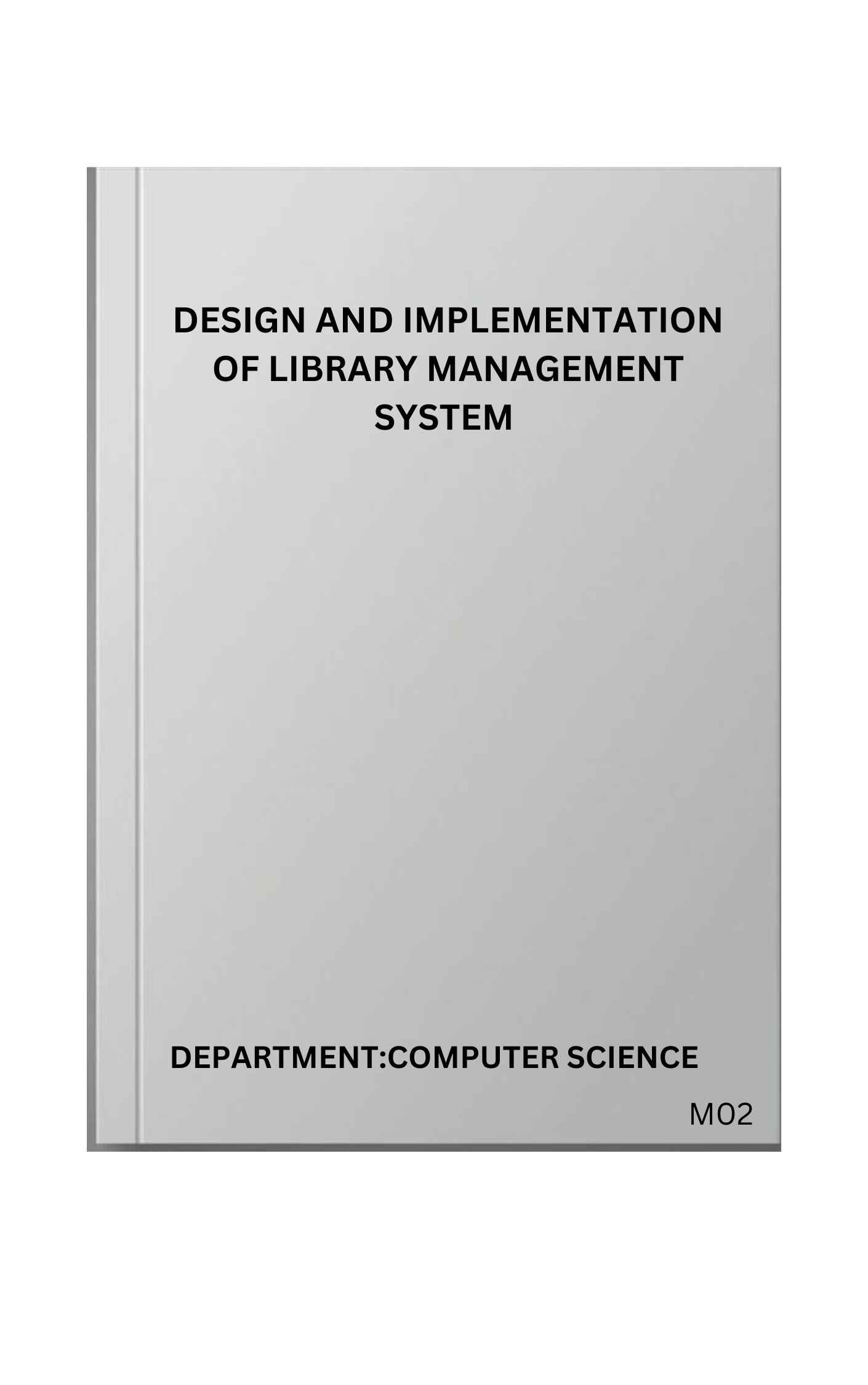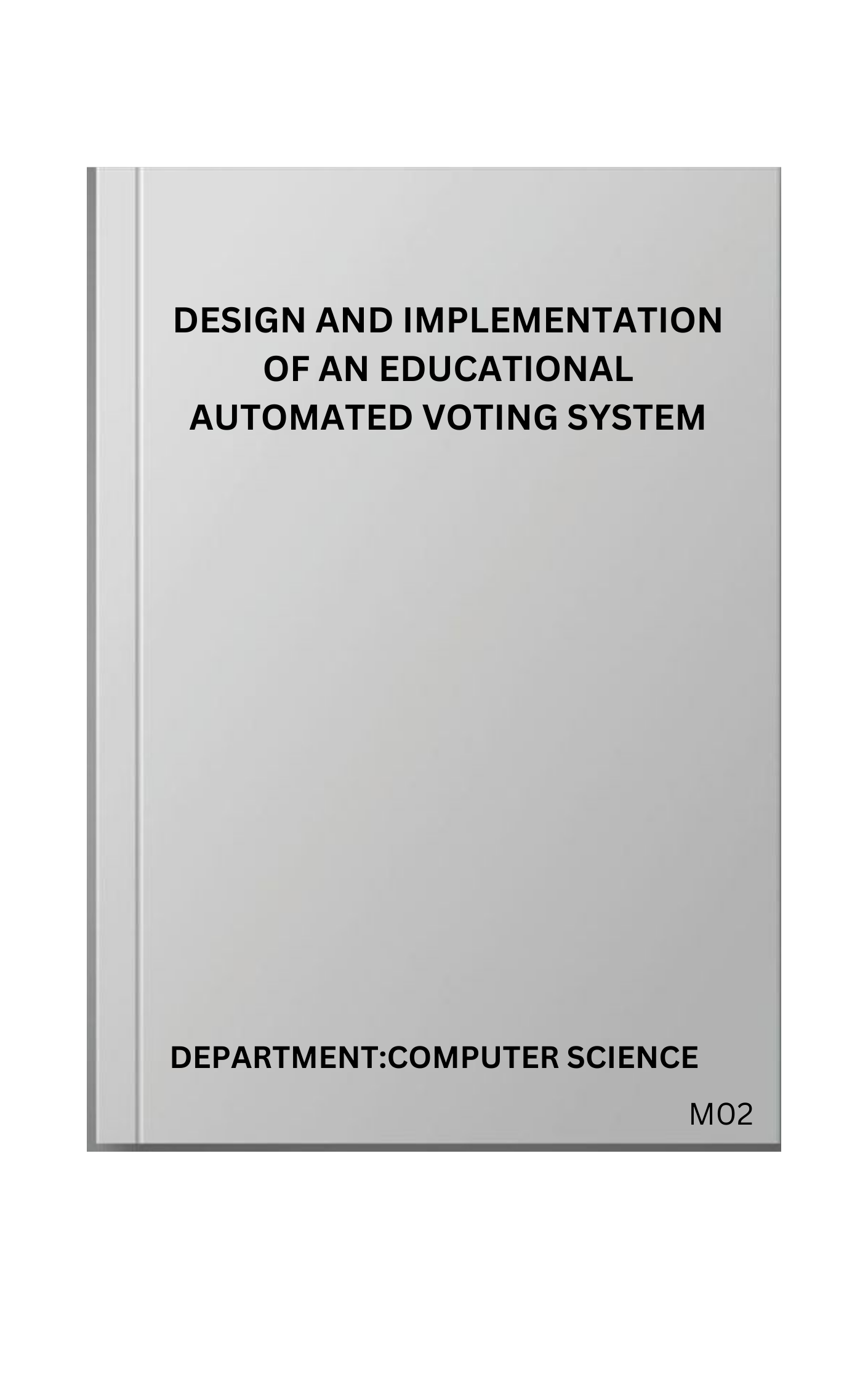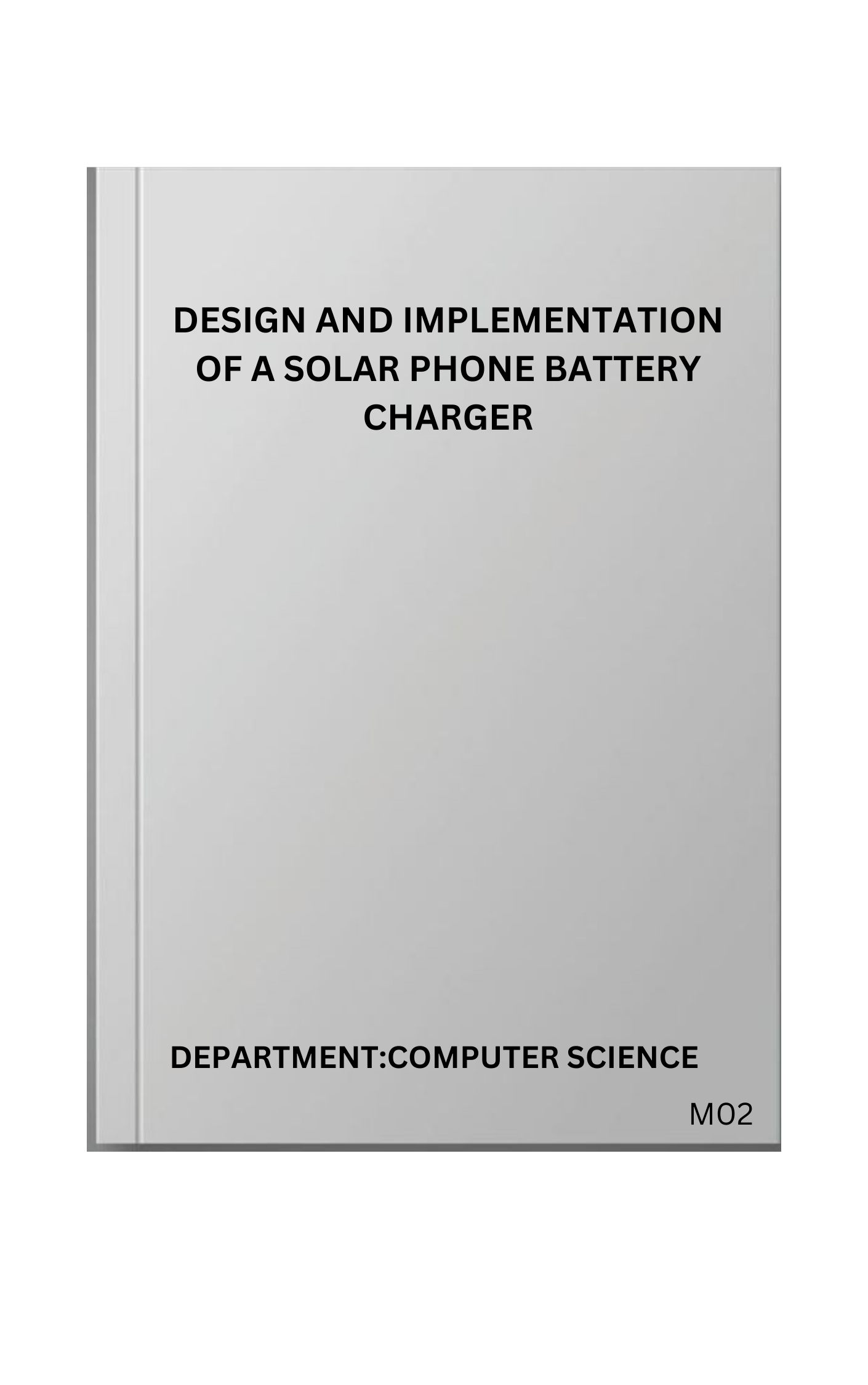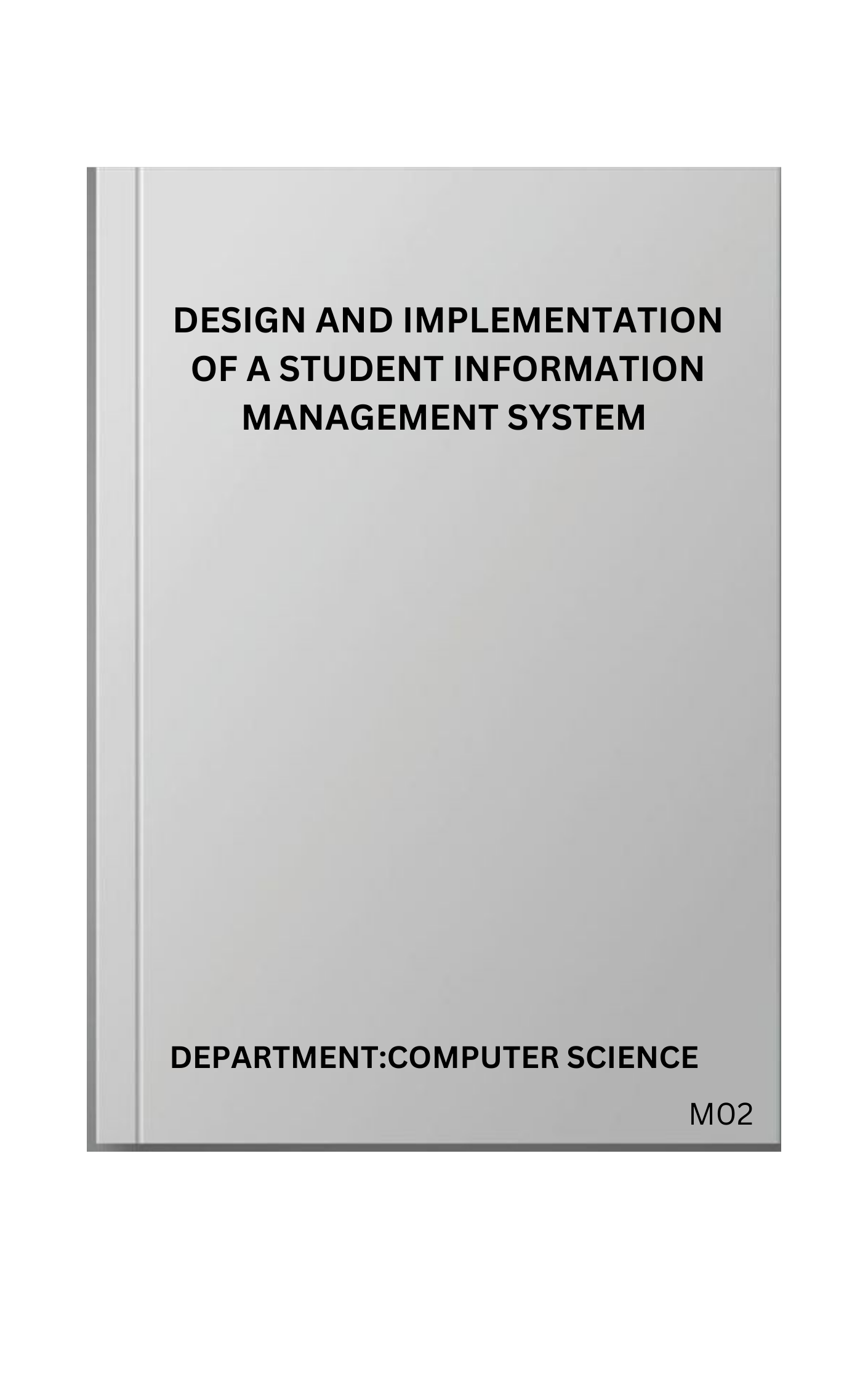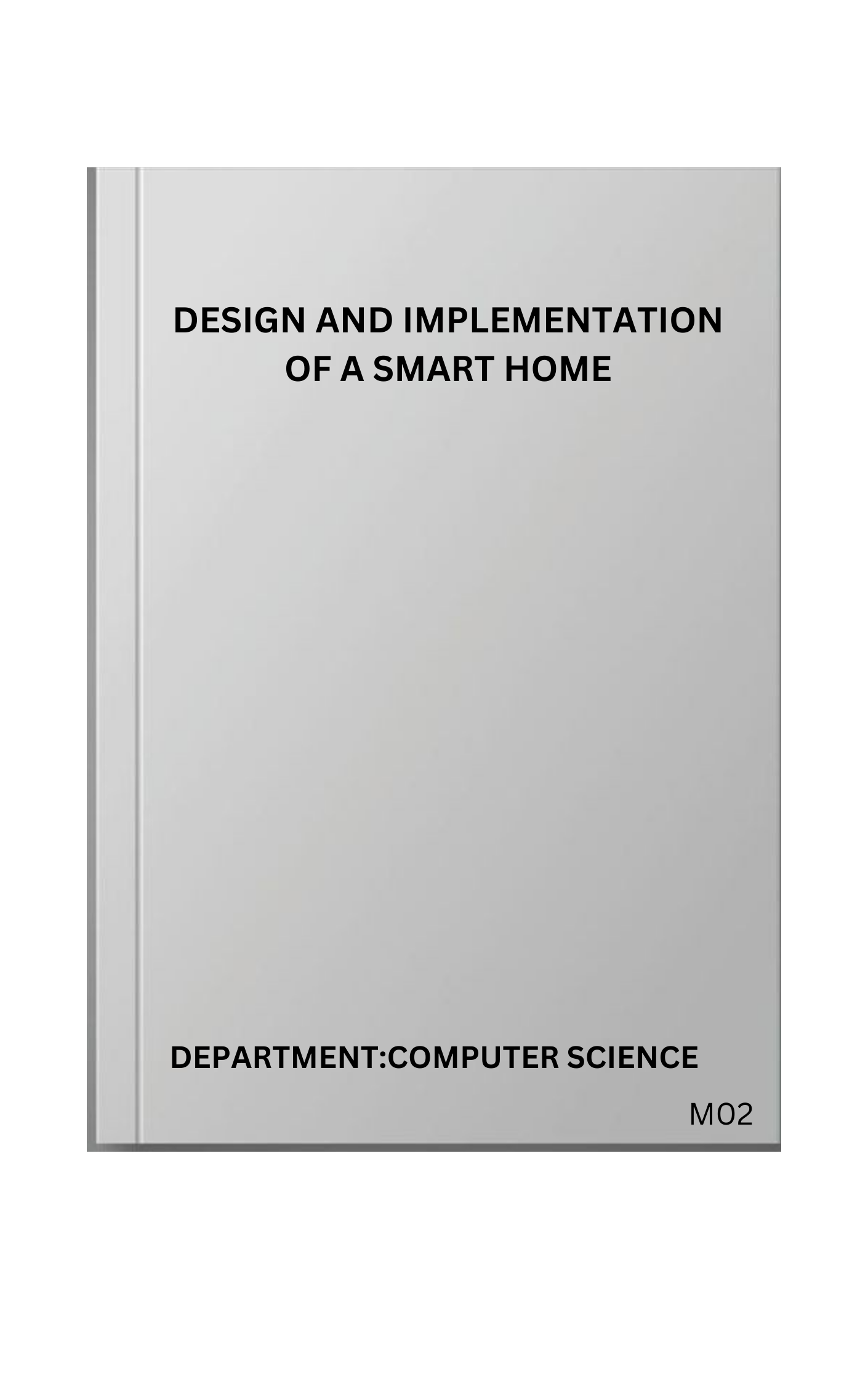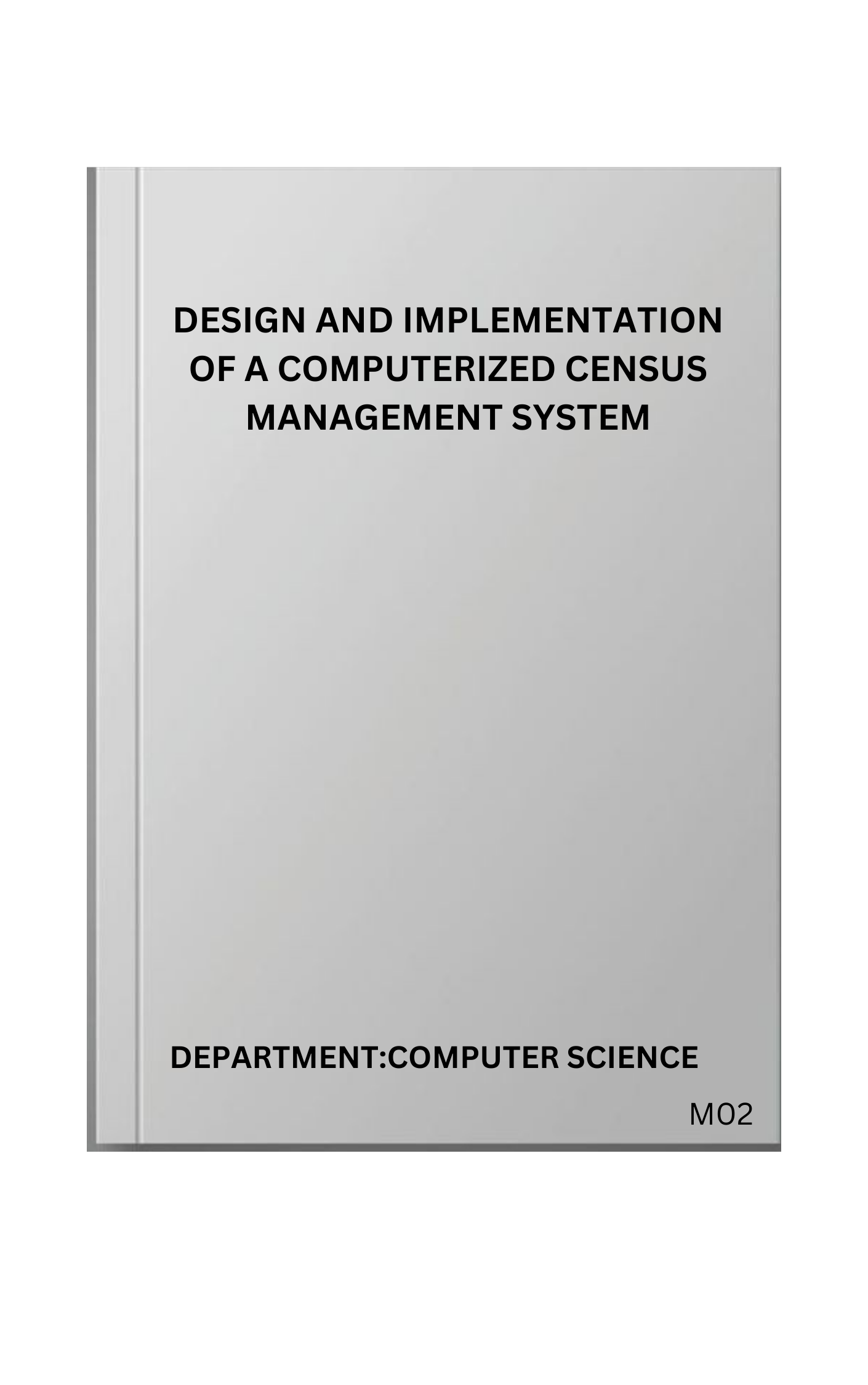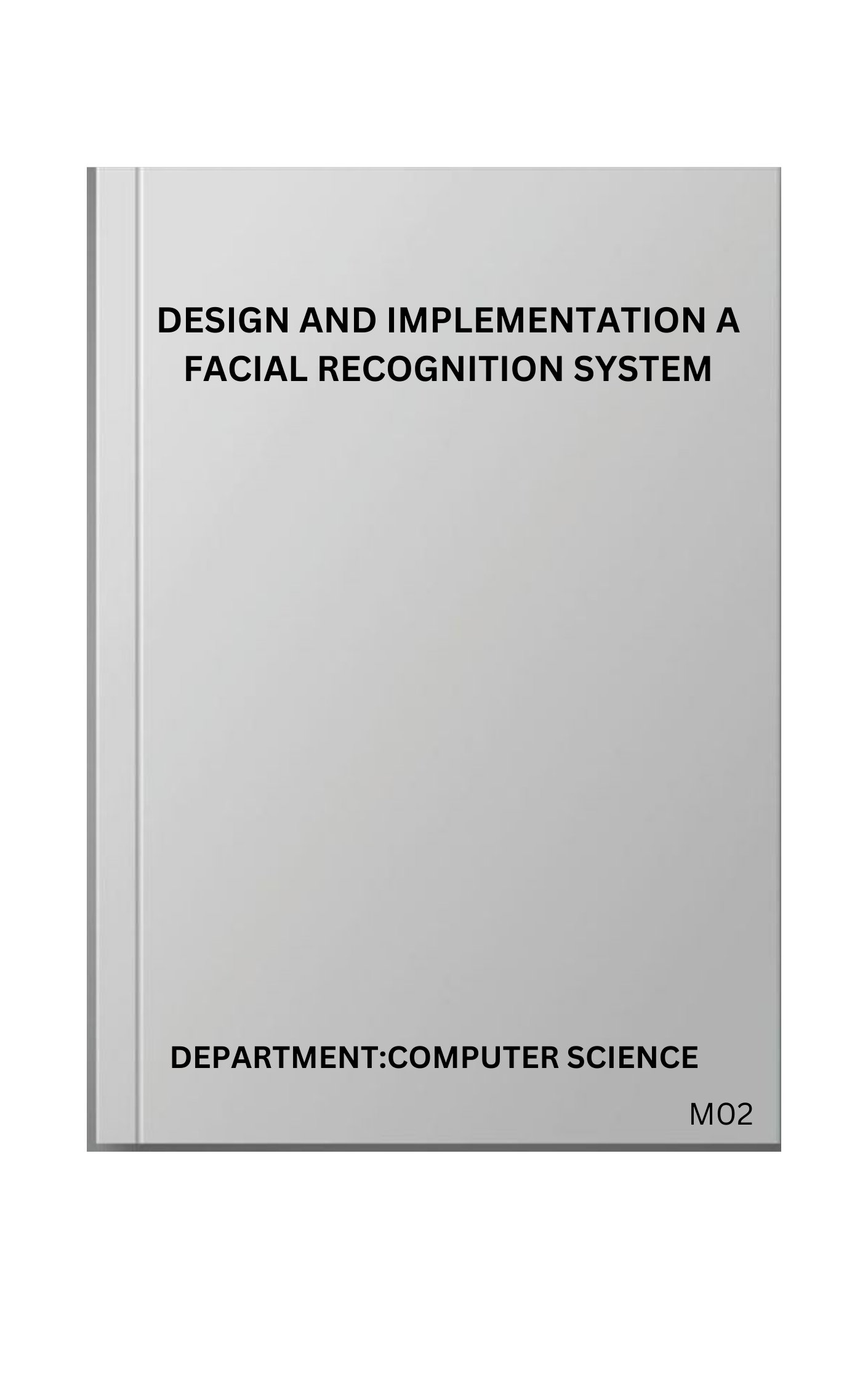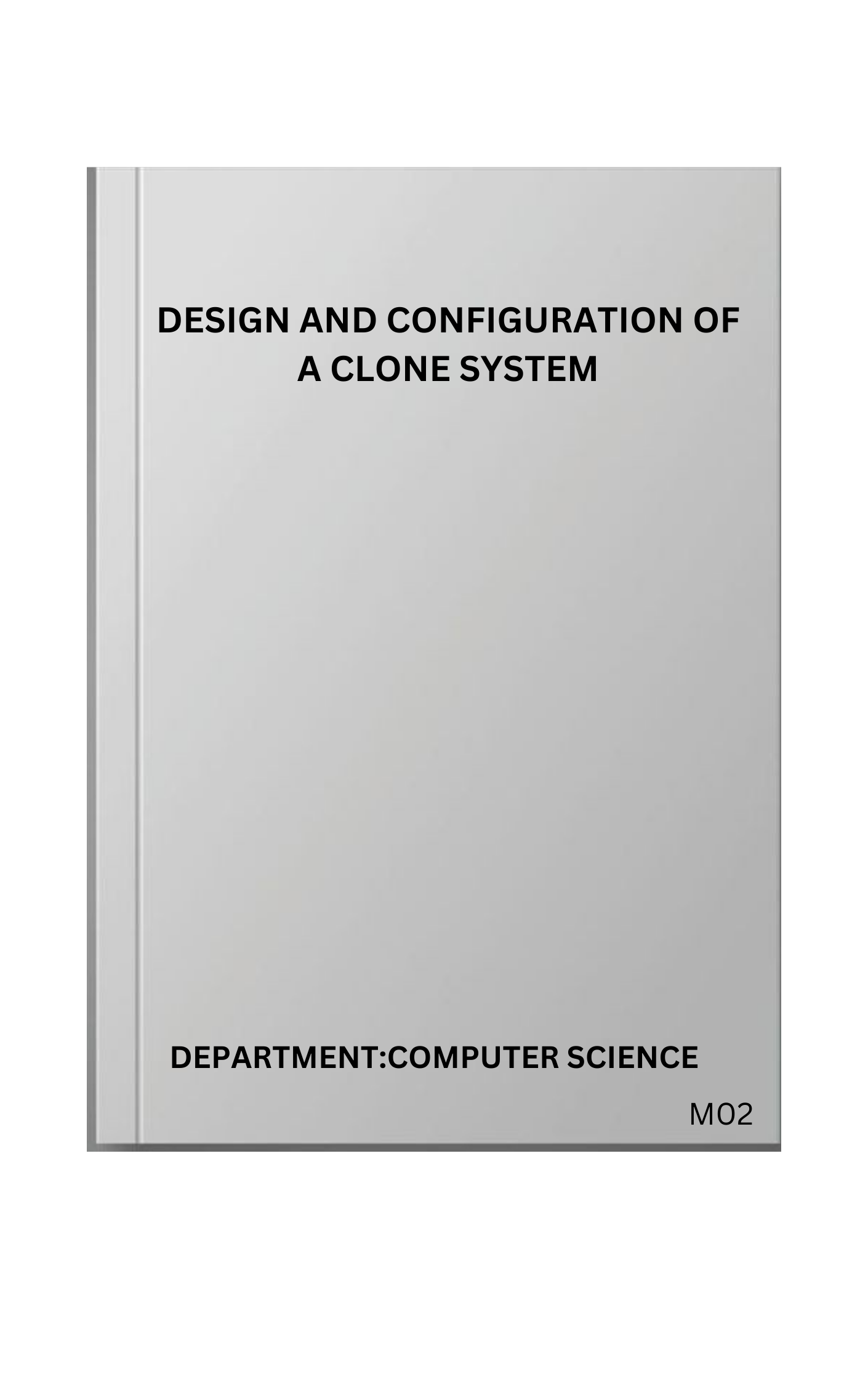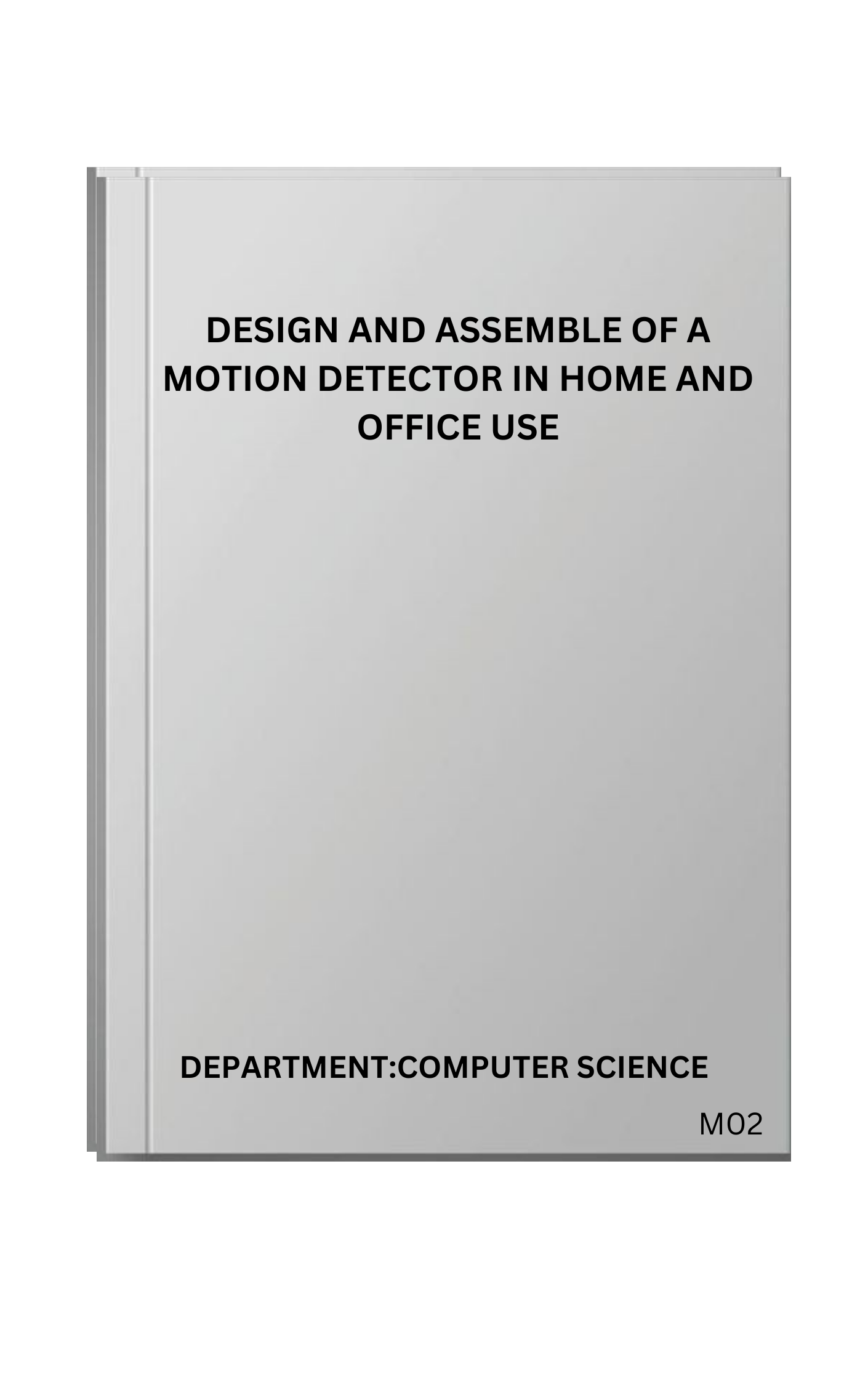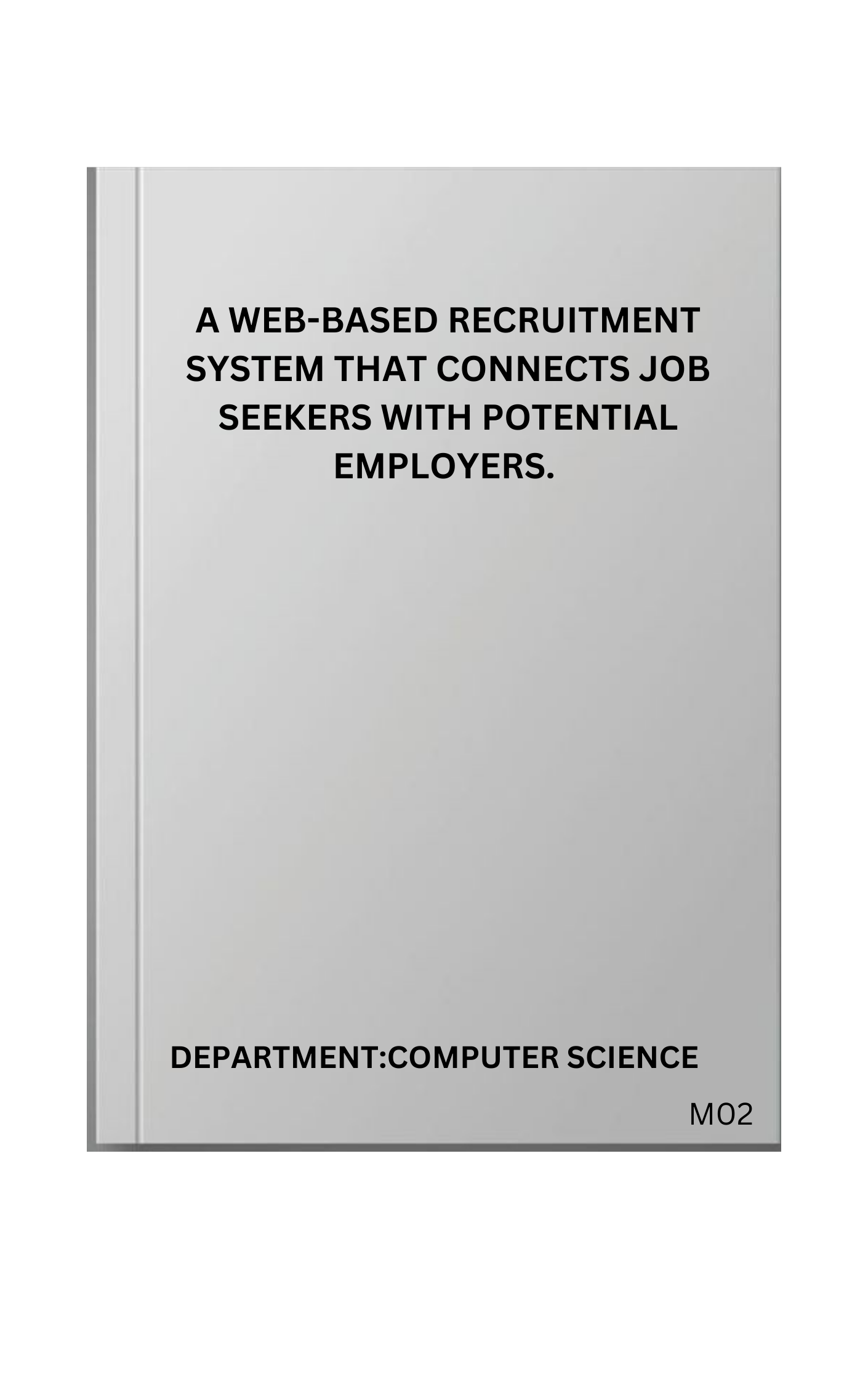CHAPTER ONE
INTRODUCTION
1.1 Background of Study
The electrical resistivity method is a prominent geophysical technique used for subsurface geological mapping. It is based on the principle that different subsurface materials exhibit difference electrical resistivity, which can be measured by introducing an electrical current into the ground and measuring the resulting potential difference (Telford et al. ,1990 ). This method provides valuable data on the subsurface distribution of materials, allowing geoscientist to infer geological structures, locate groundwater, and identify mineral resources.
Electrical resistivity is particularly valuable in geological mapping due to its ability to delineate subsurface features without the need for invasive drilling. It is widely used for mapping subsurface geological structures: Identify faults, fractures and other structural features.
Groundwater exploration: locating aquifer and determining their extent and quality ( sharma,2020 ). Mineral exploration: Detecting ore bodies and other mineral deposits. Environmental and engineering studies: Assessing soil contamination, landfill sites and subsoil conditions for construction projects ( Burger et al. ,2006 ).
The application of electrical resistivity in geophysics dates back to the early 20th century ,with significant contribution from the scientists like Conrad Schlumberger, who developed the Schlumberger array configuration for resistivity surveys . Over the decades, the technique has evolved significantly with advancements in instrumentation, data acquisition and interpretation methods. Modern resistivity meters and computer-aided data processing have greatly enhanced the resolution and accuracy of resistivity surveys, making them a staple in geological investigations ( Reynolds,2011 ).
Recent studies have demonstrated the effectiveness of electrical resistivity in various geological settings. For example, a study by Martinez et al.( 2022 ) used electrical resistivity tomography (ERT) to map subsurface features in a complex geological area , highlighting the method’s ability to provide high-resolution images that aid in understanding subsurface conditions. Similarly, Sharma (2020) showcased the use of geoelectrical method for groundwater exploration and environmental monitoring, emphasizing their importance in sustainable resource management.
1.2 Aim
The application of vertical electrical sounding resistivity method for subsurface geological mapping using Schlumberger .
1.3 Objectives
1. To acquire the measurements of the electrical resistivity method.
2. To create the geological subsurface mapping of the site selection.
PAY TO GET COMPLETE PROJECT

